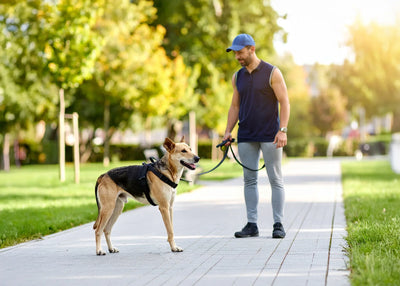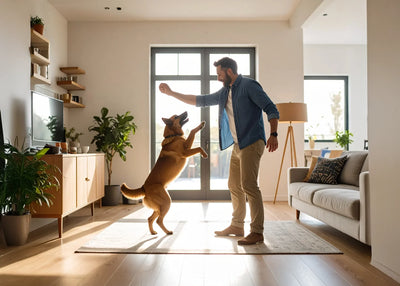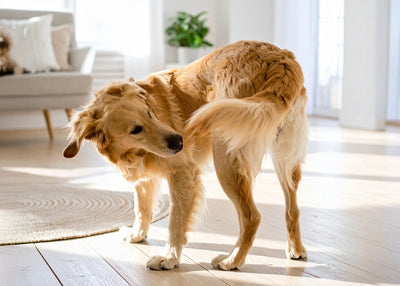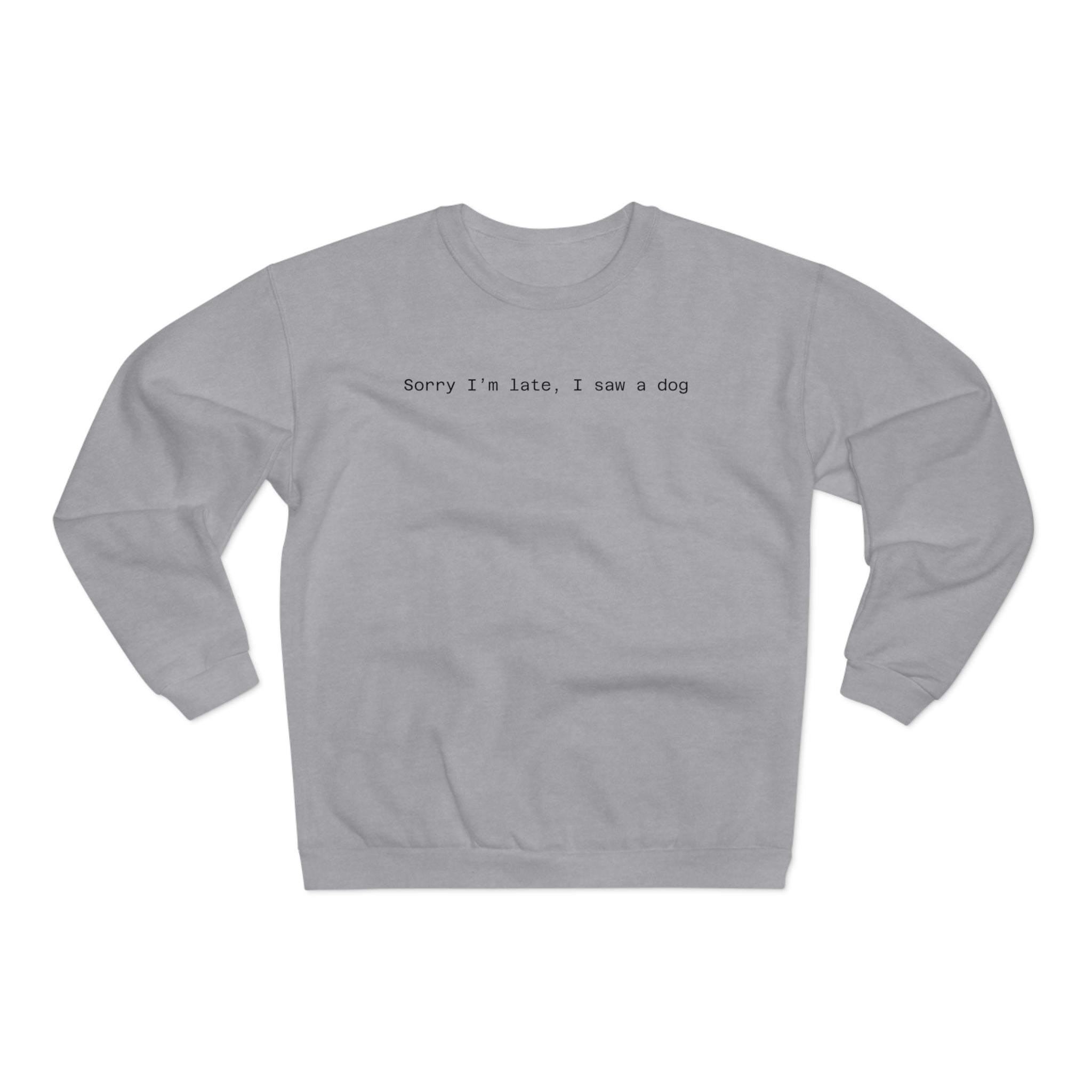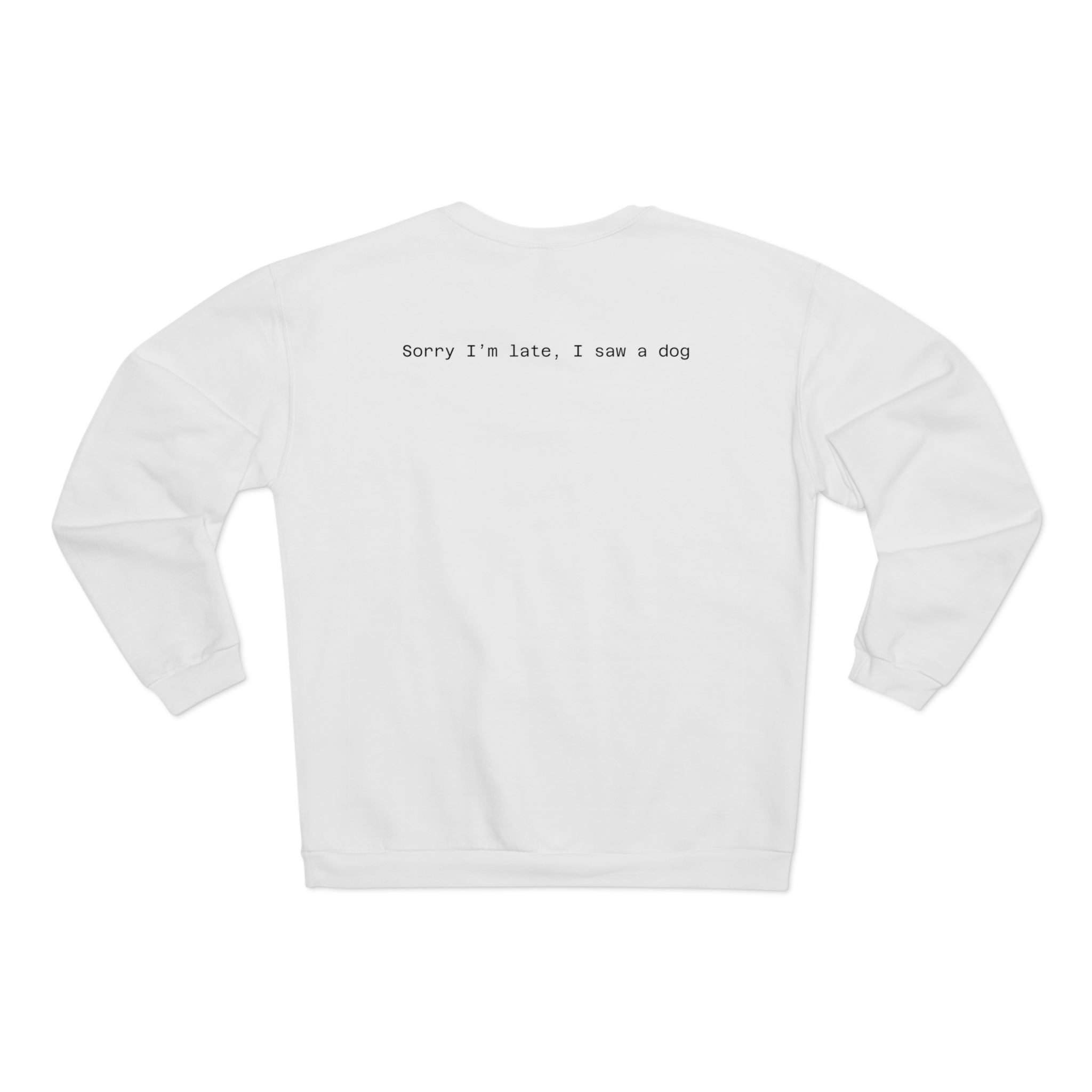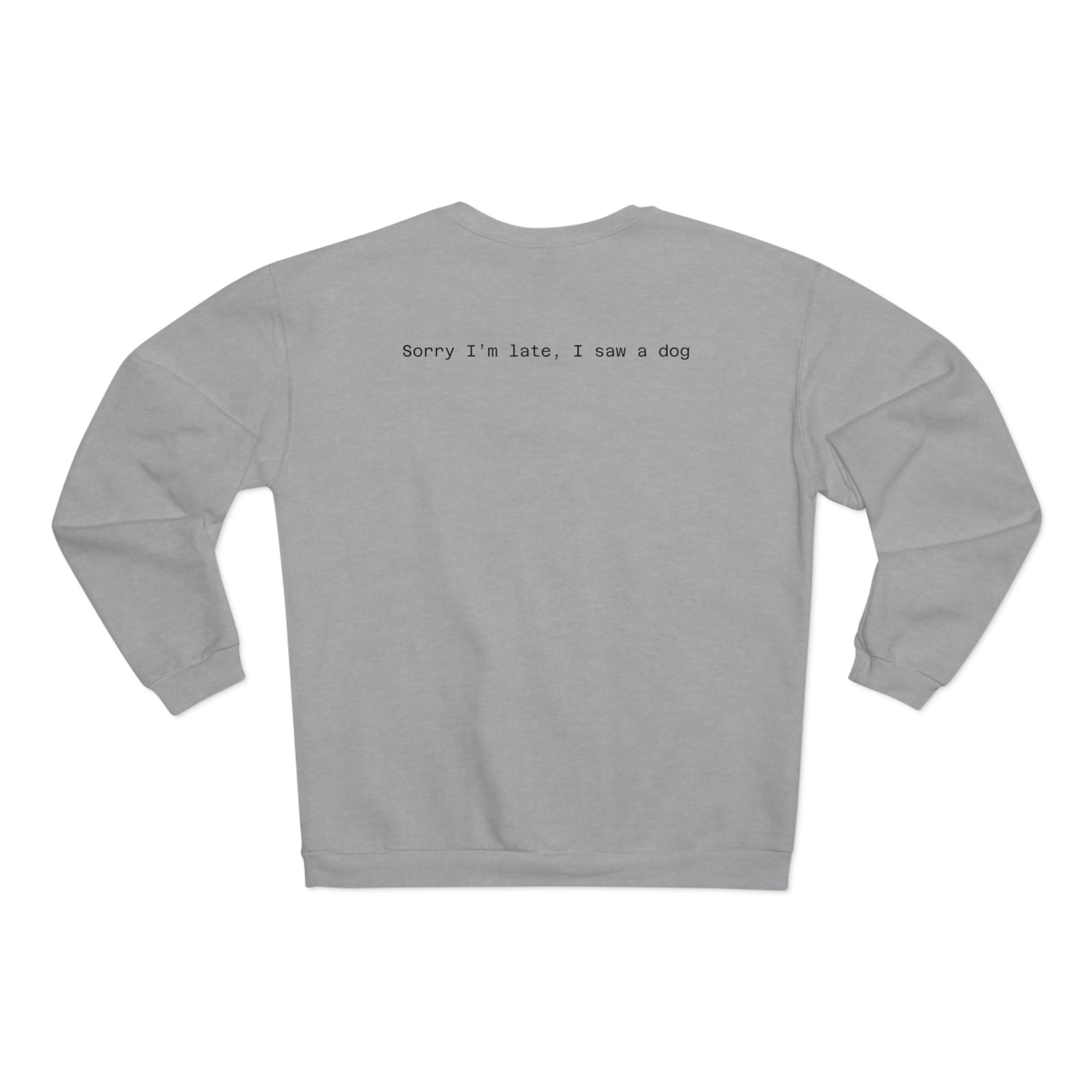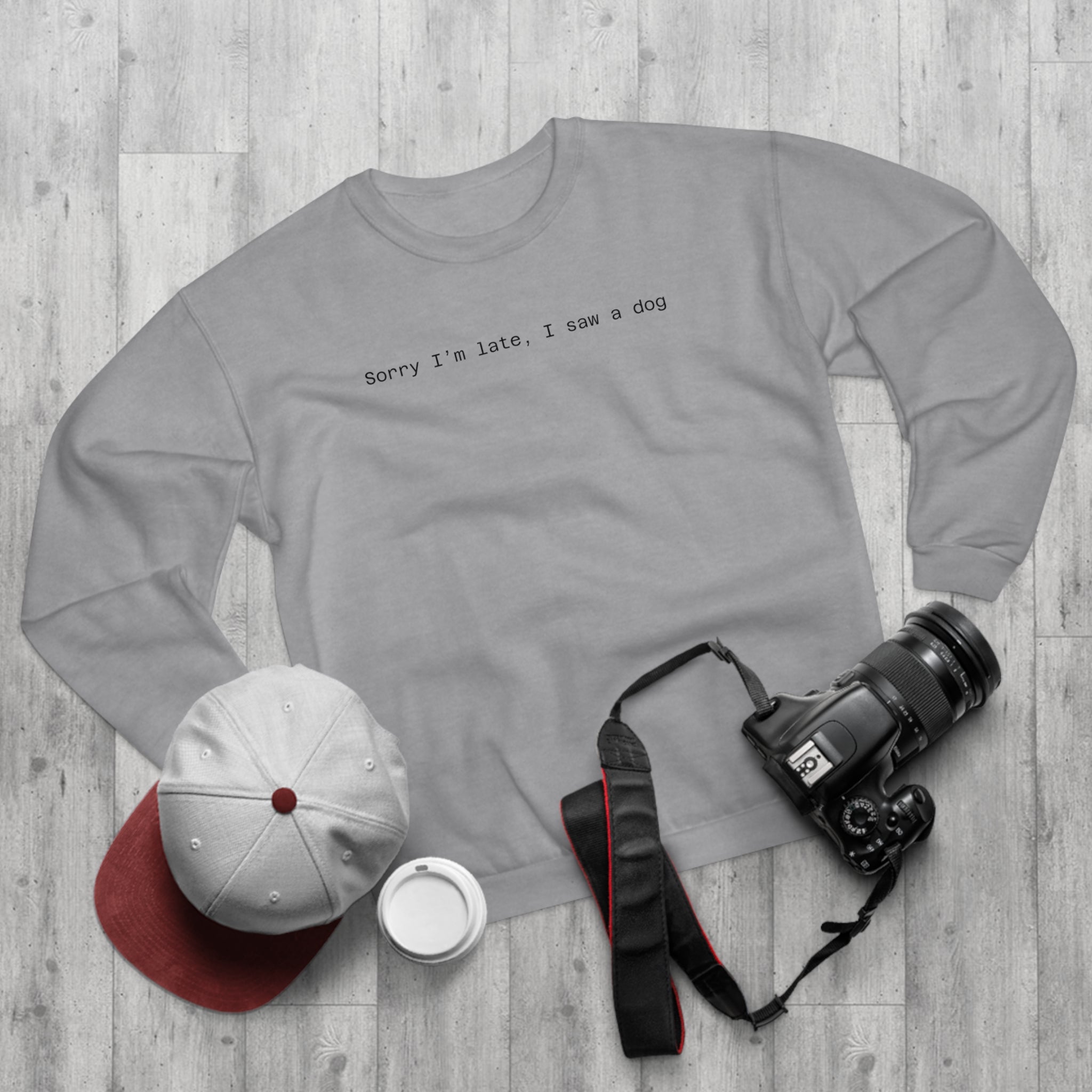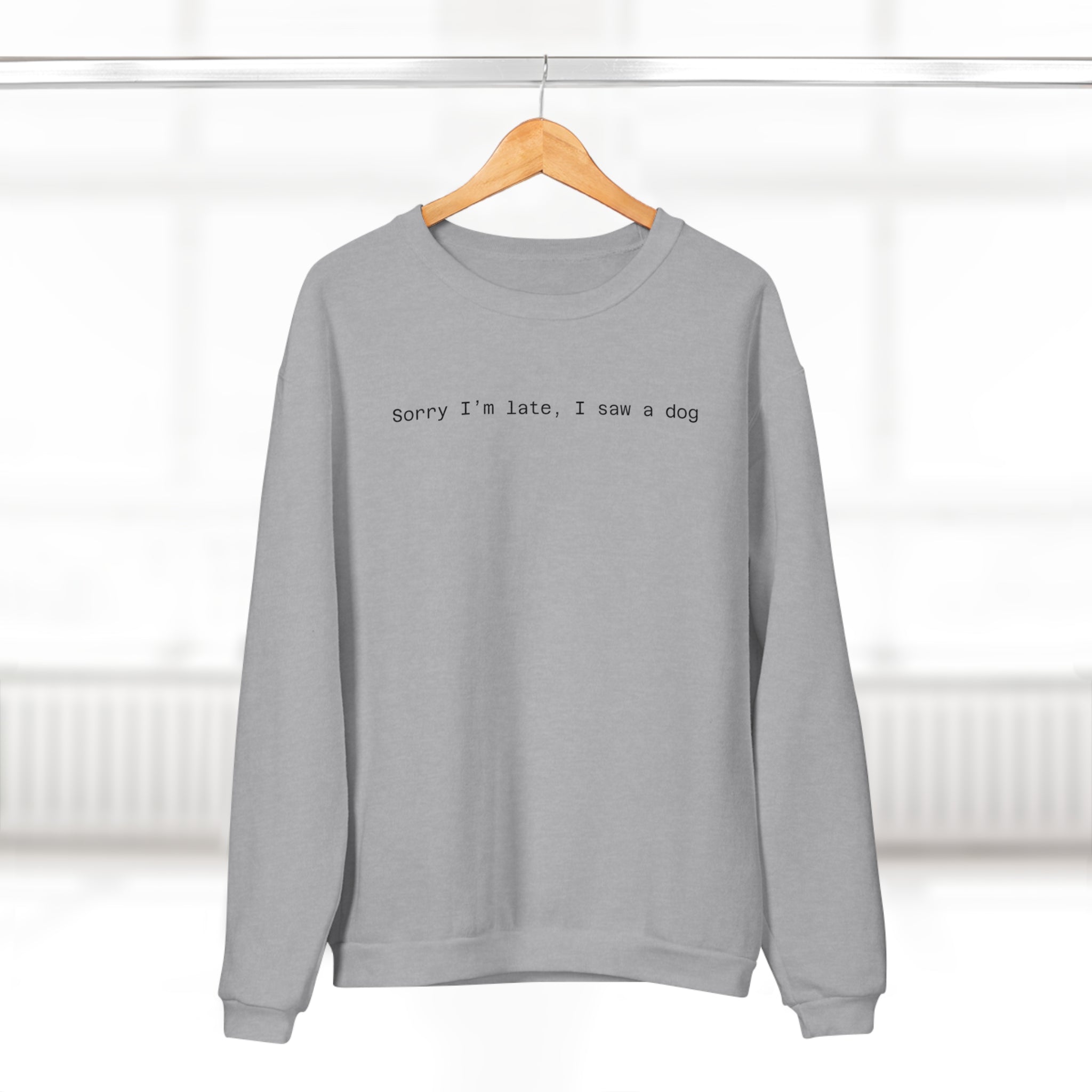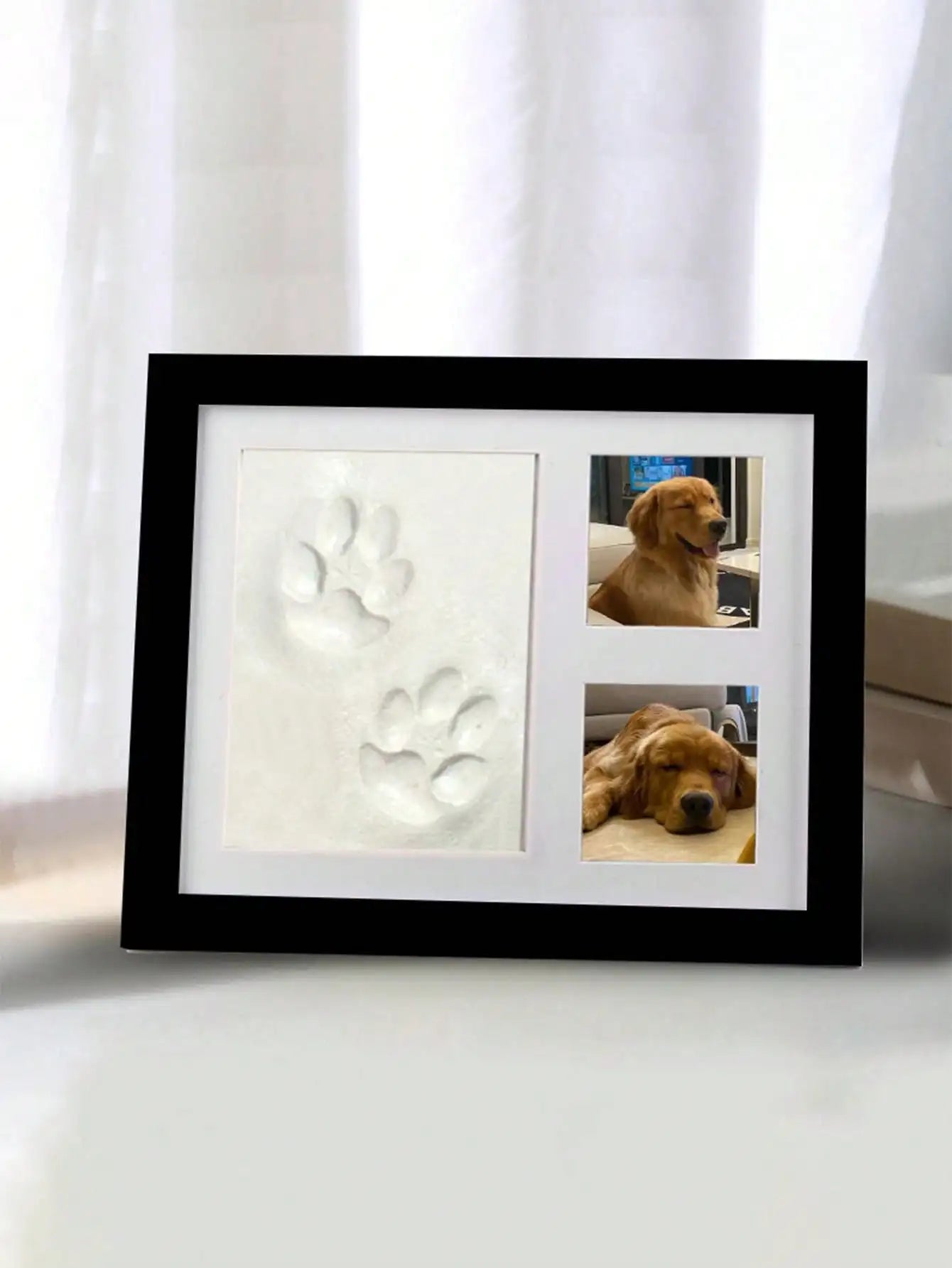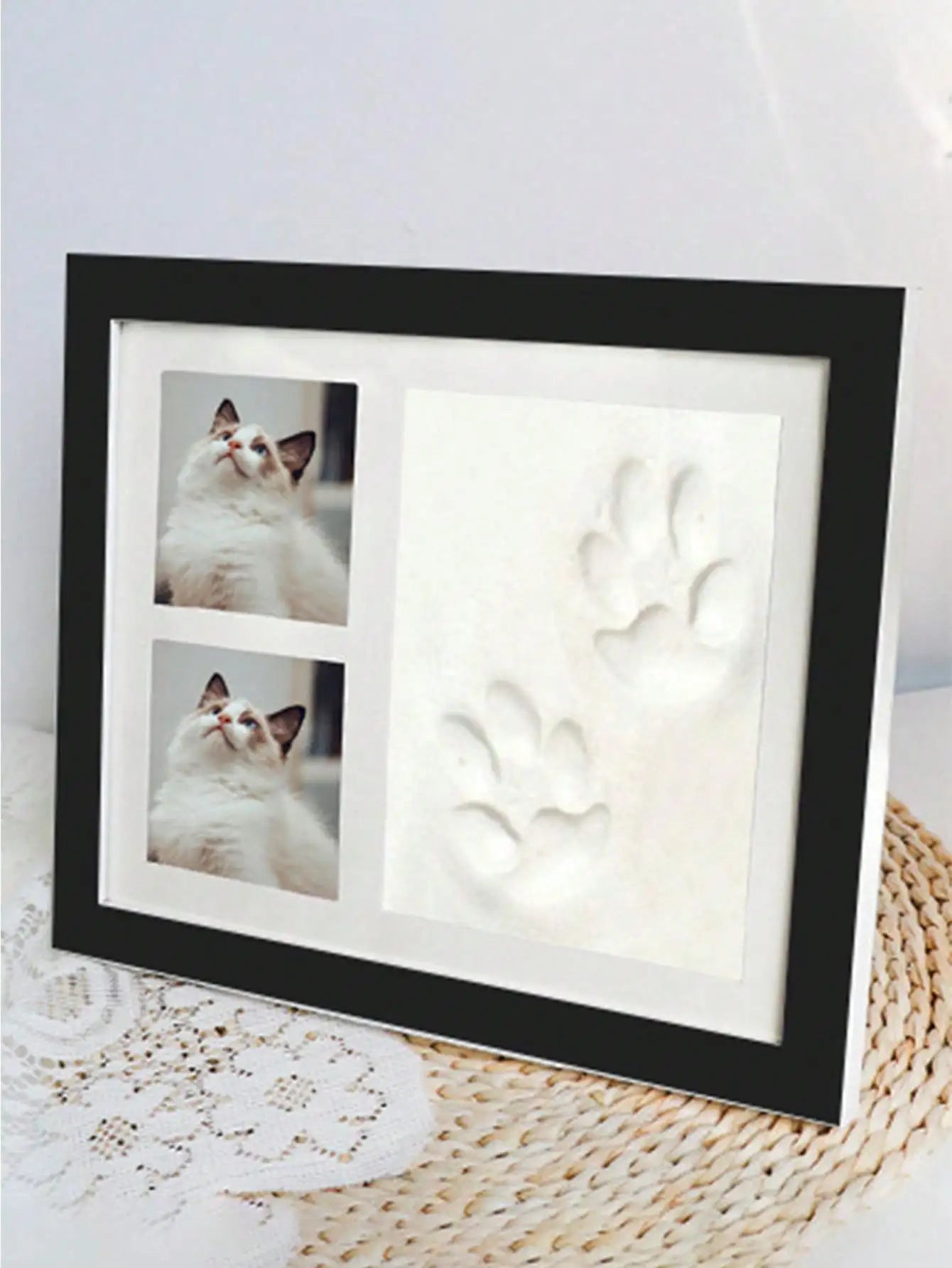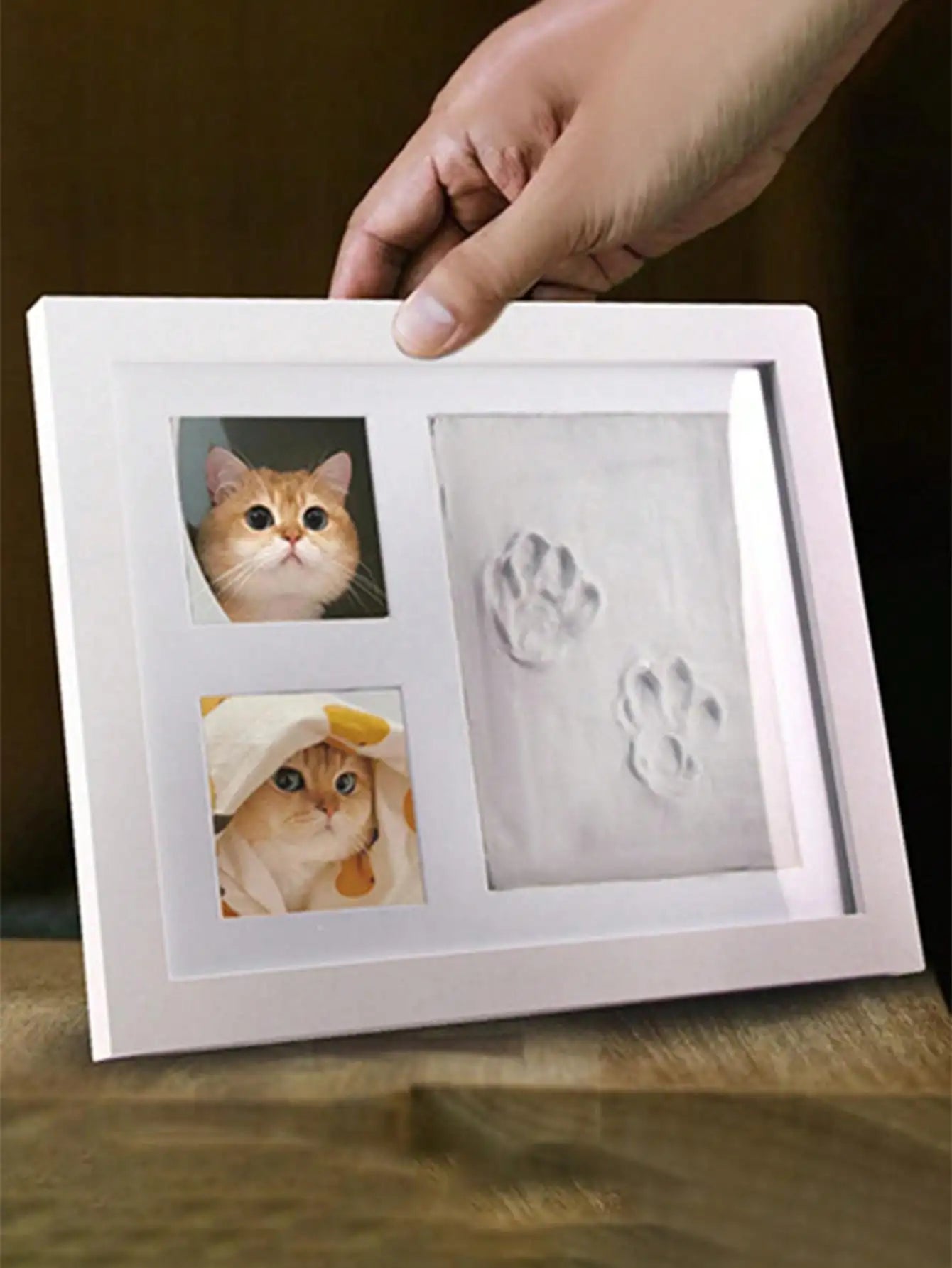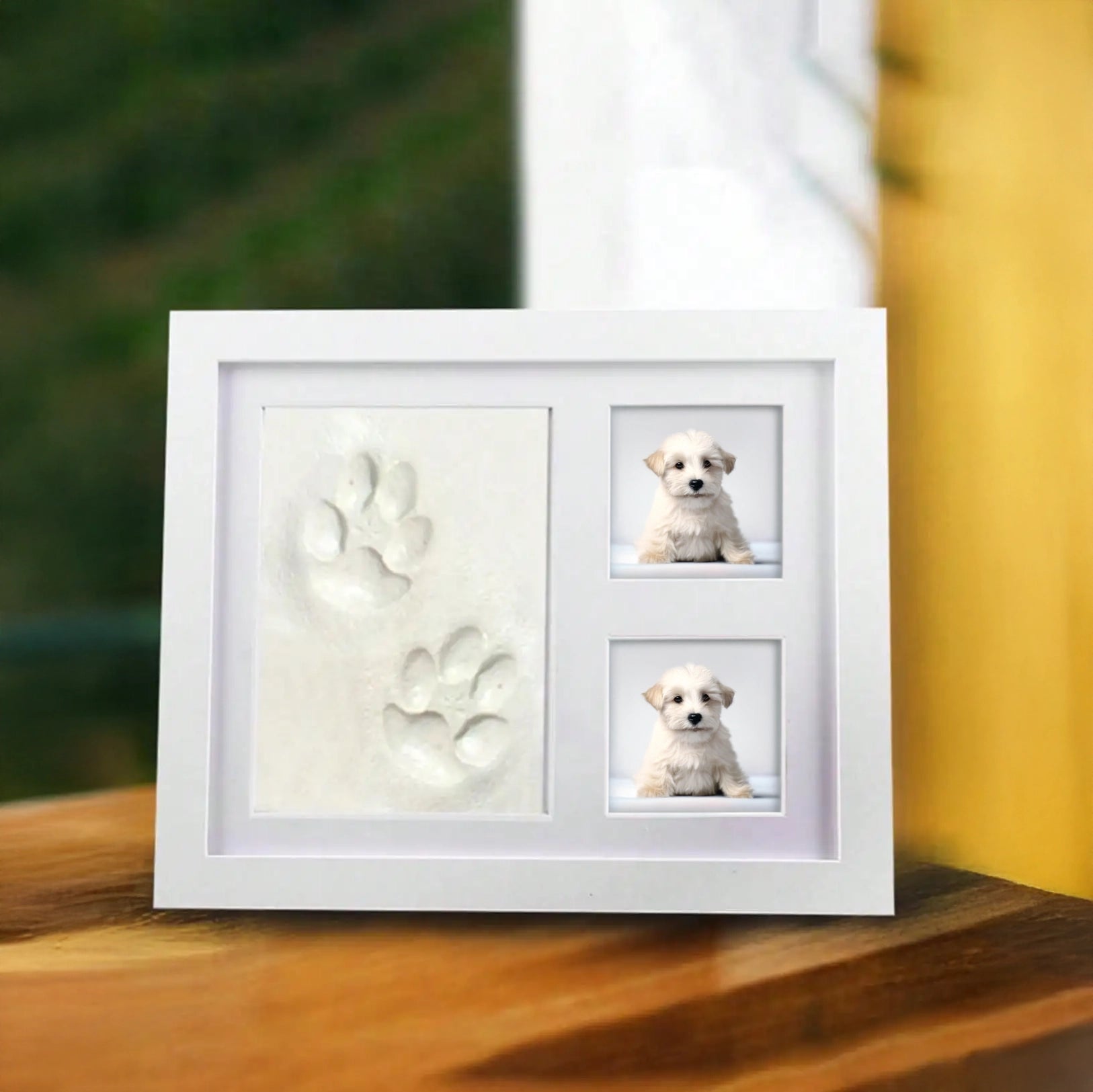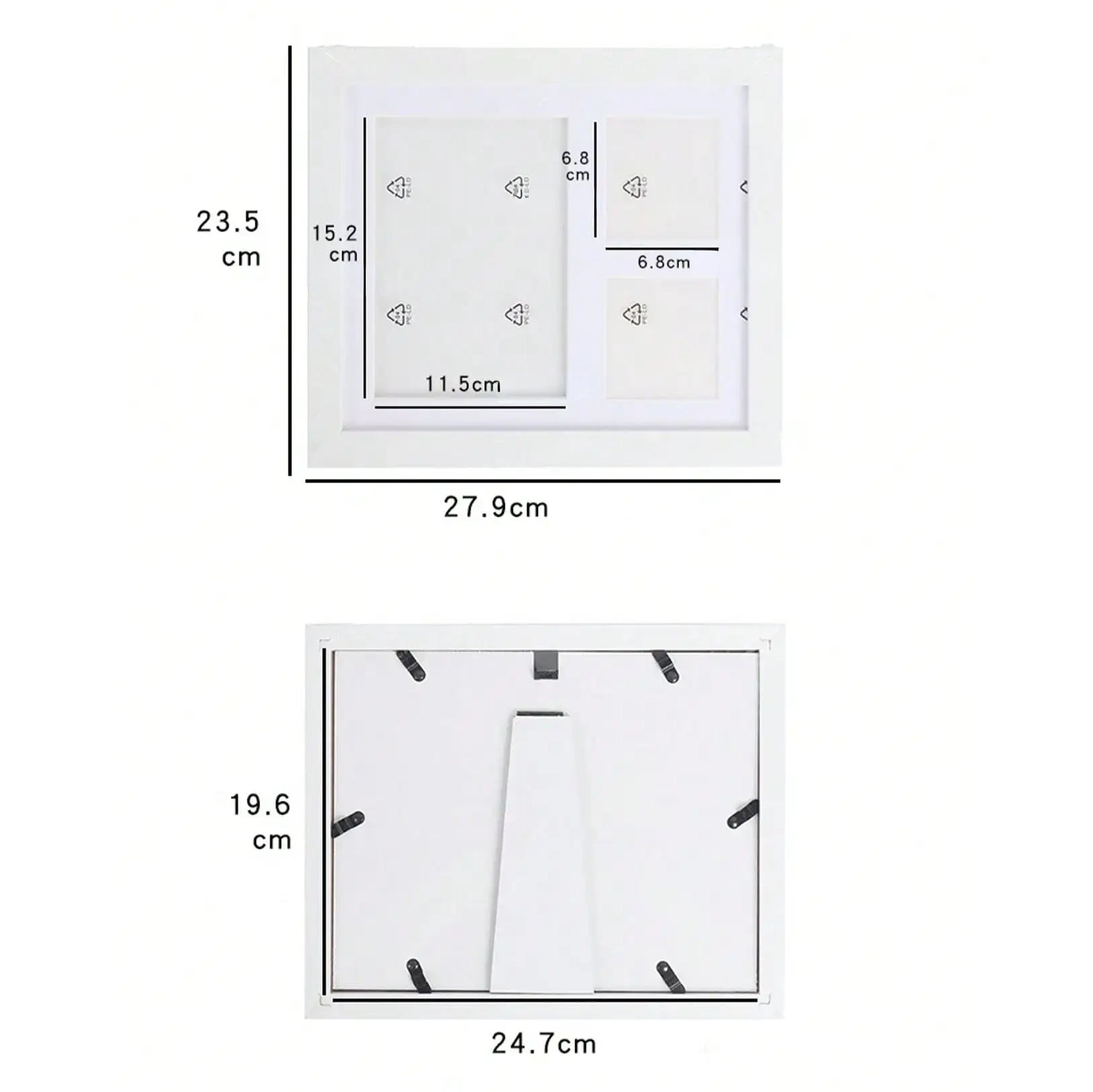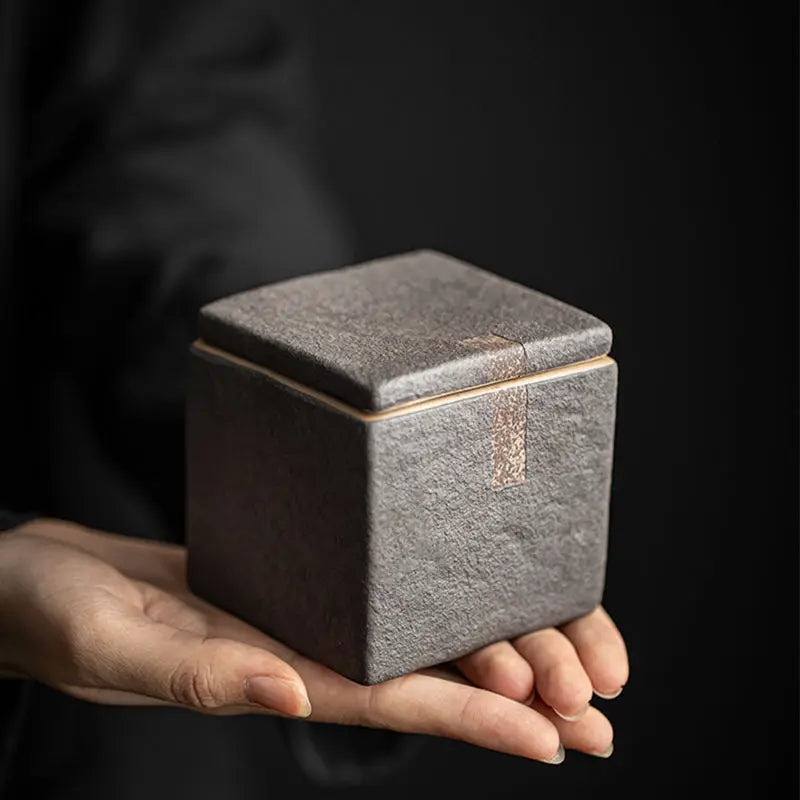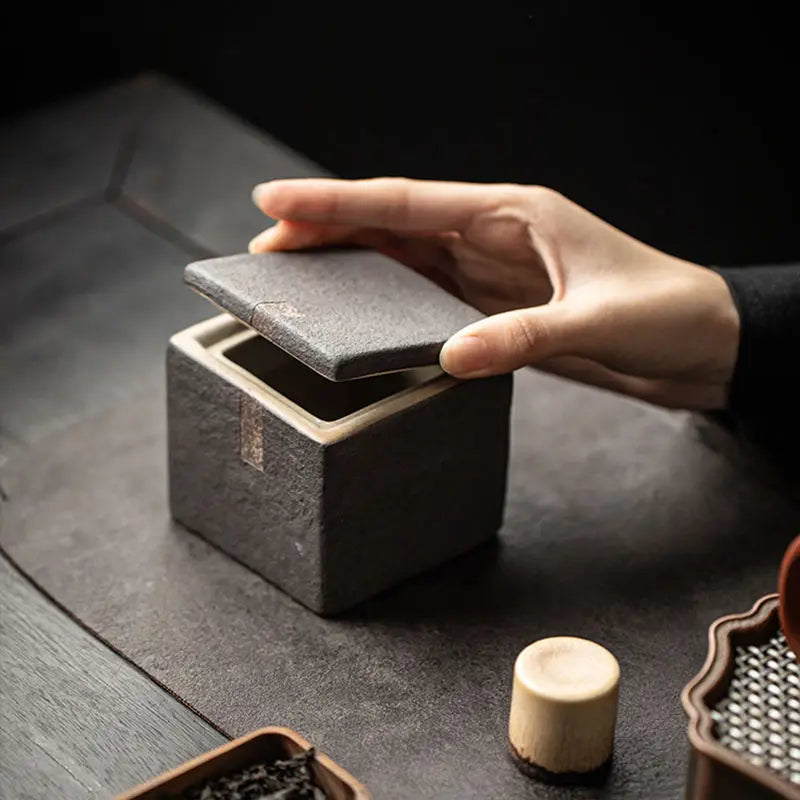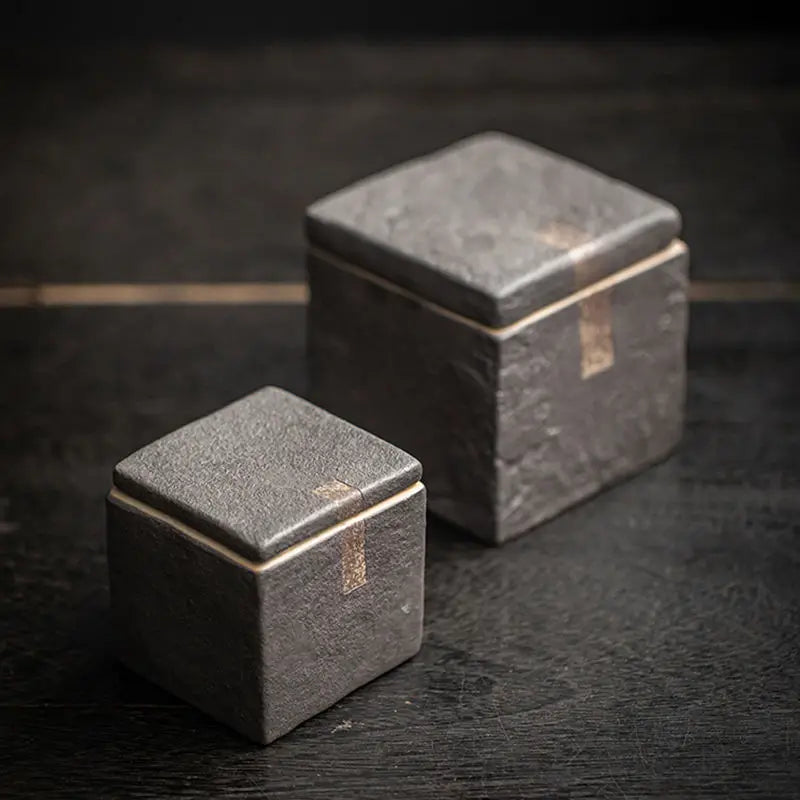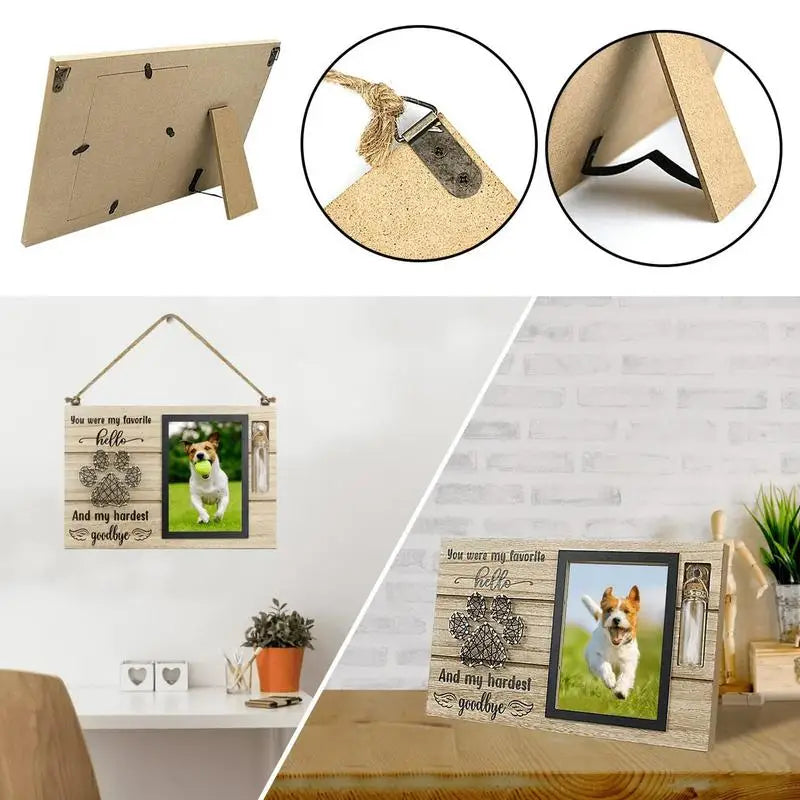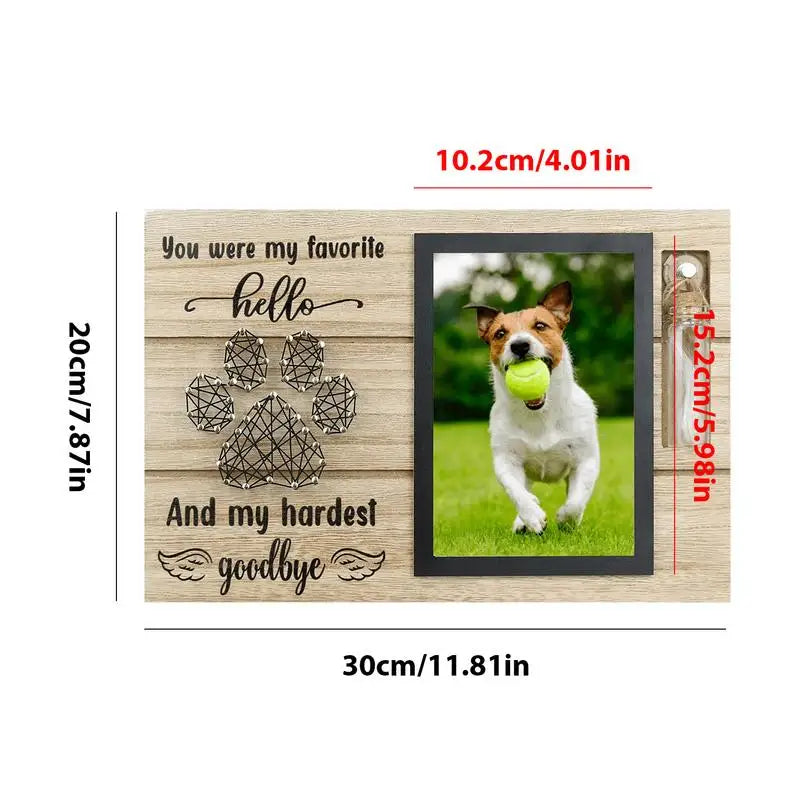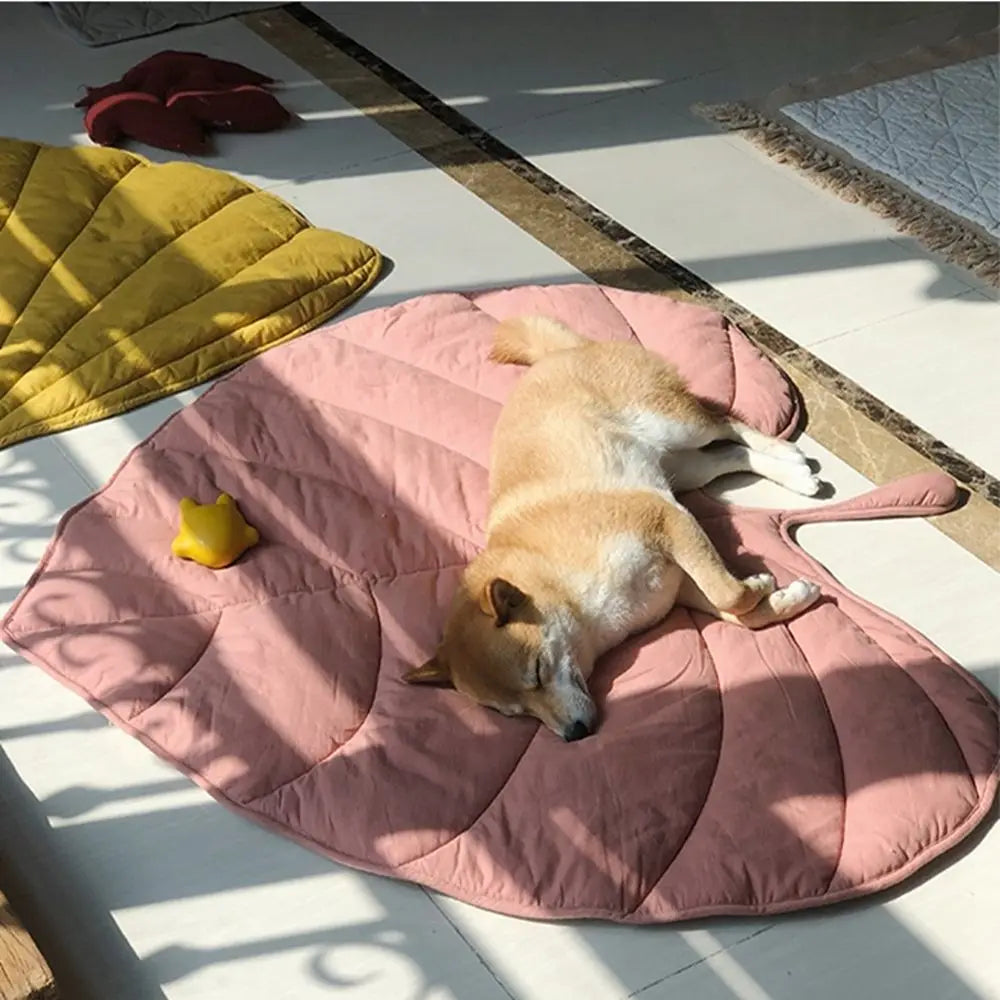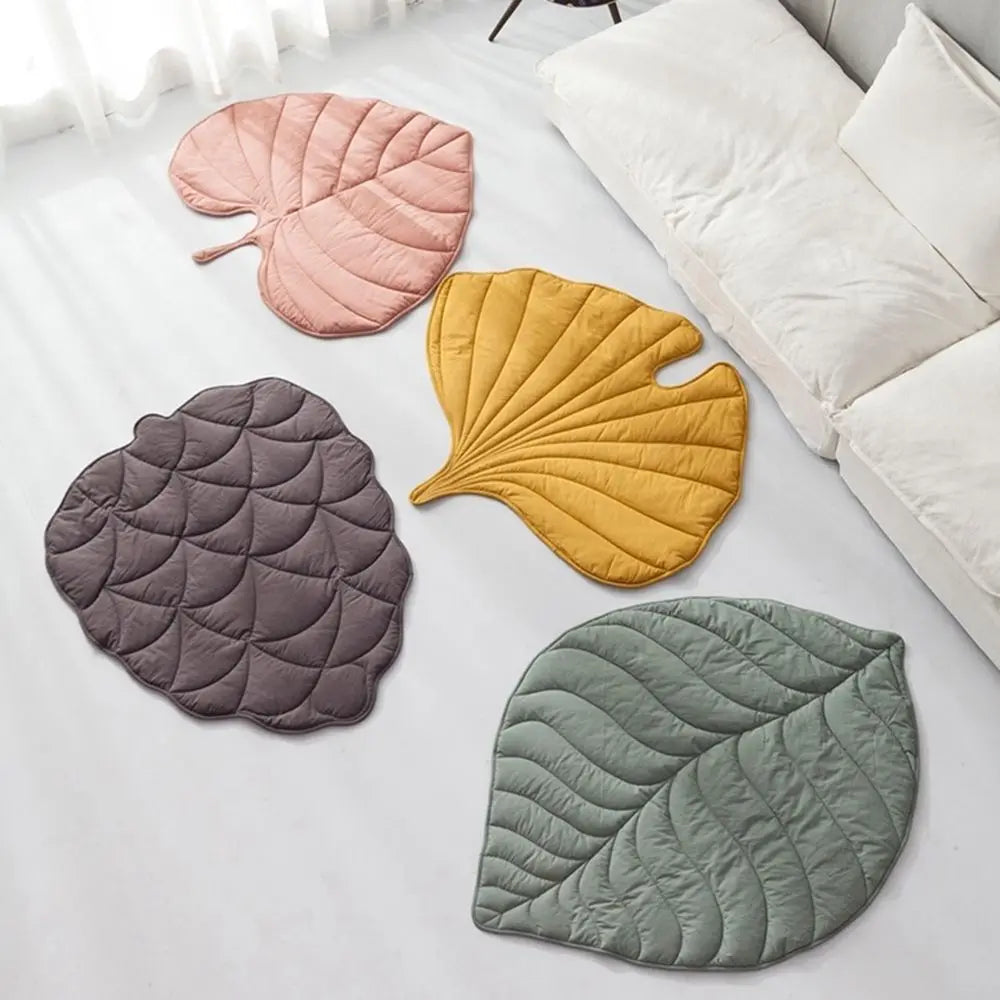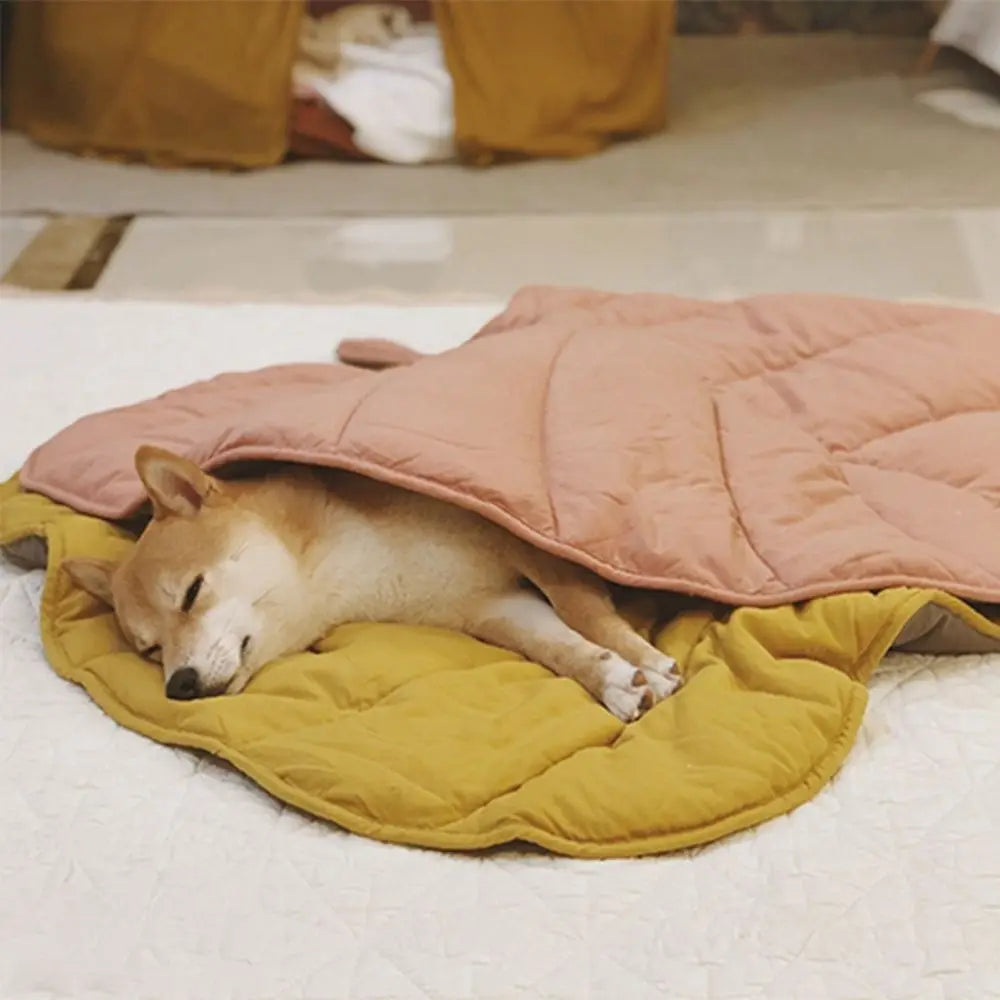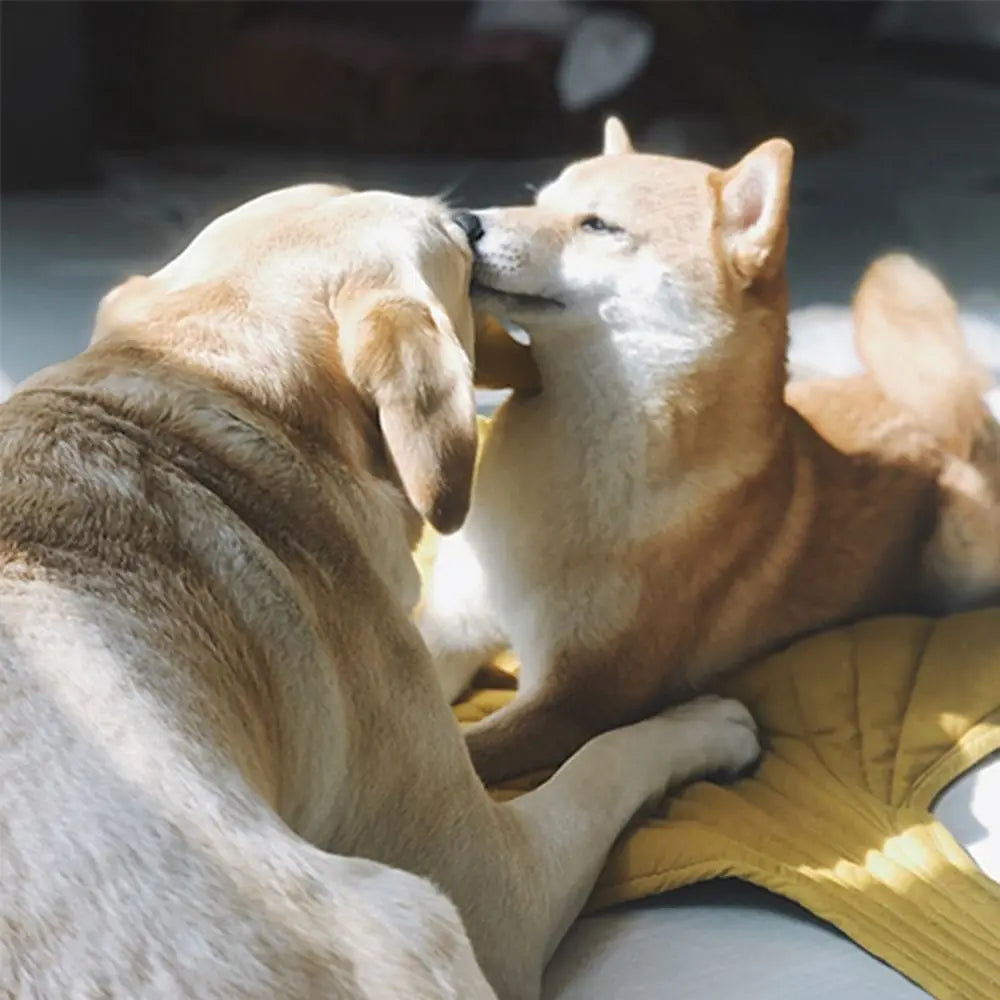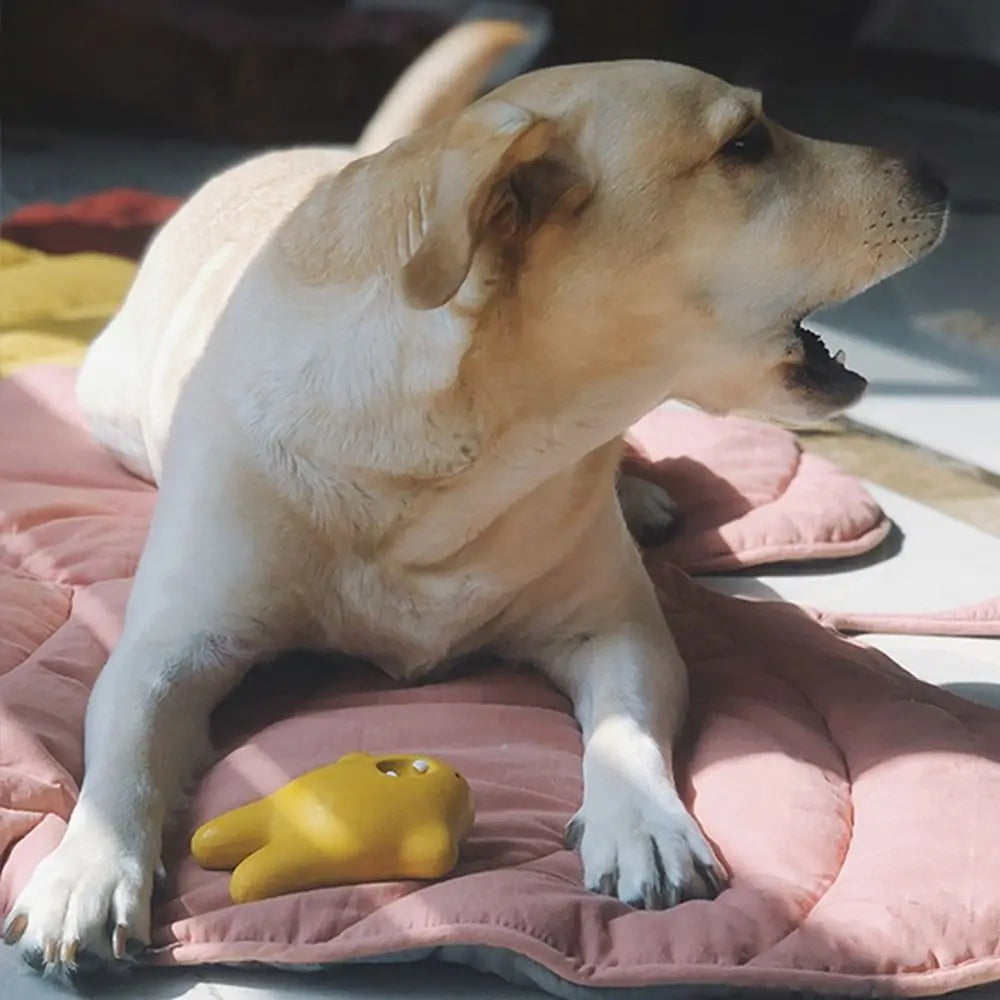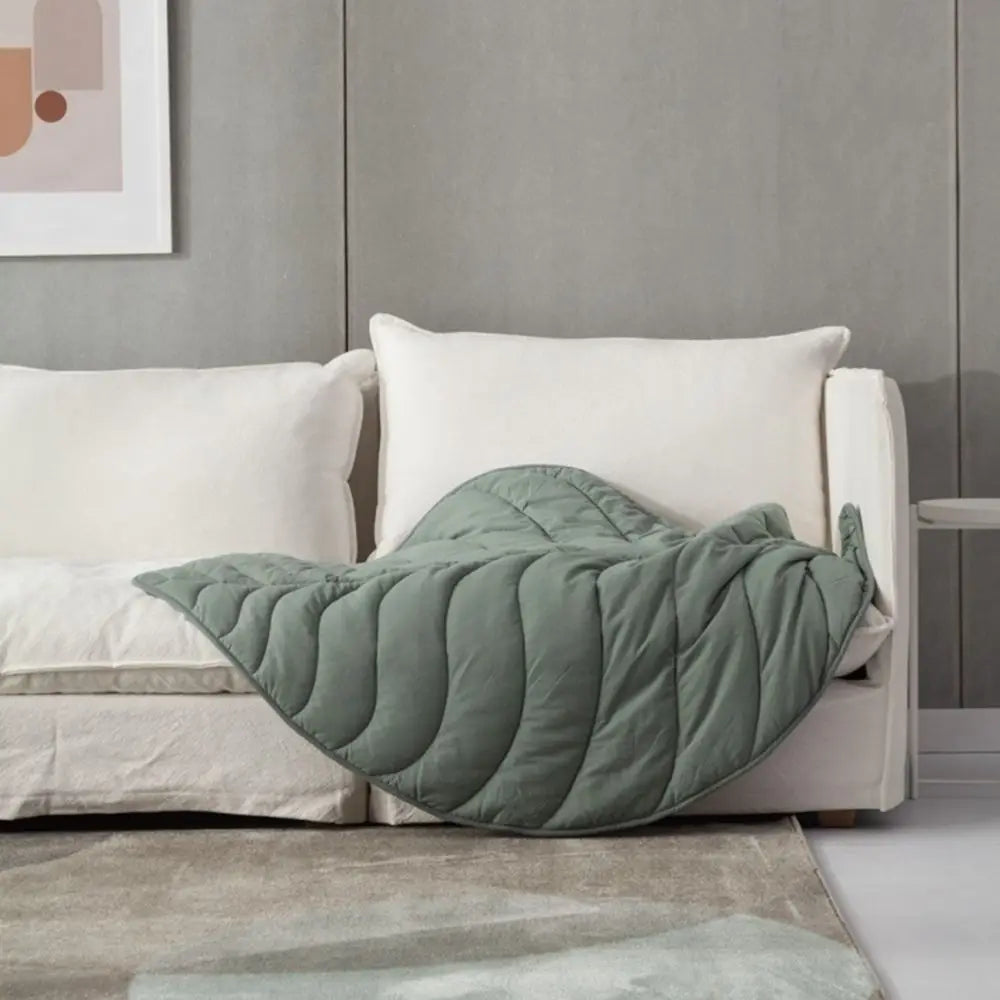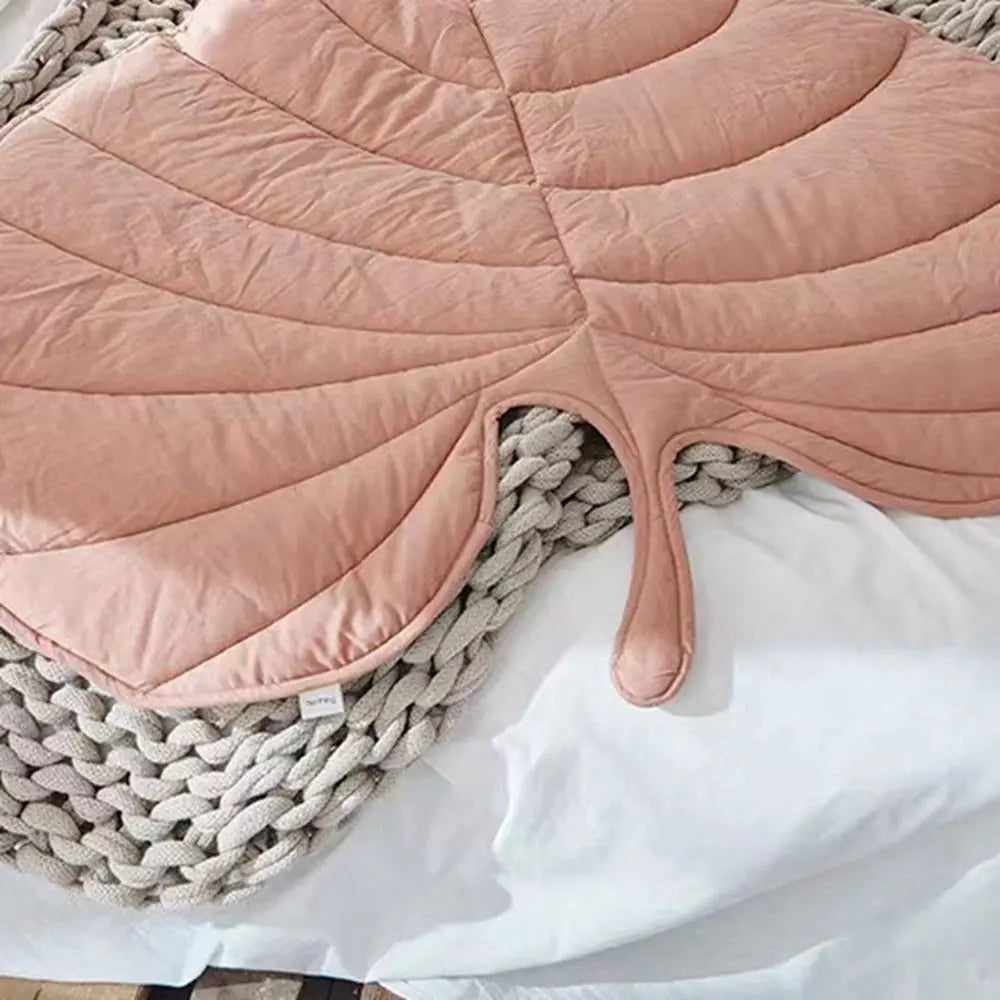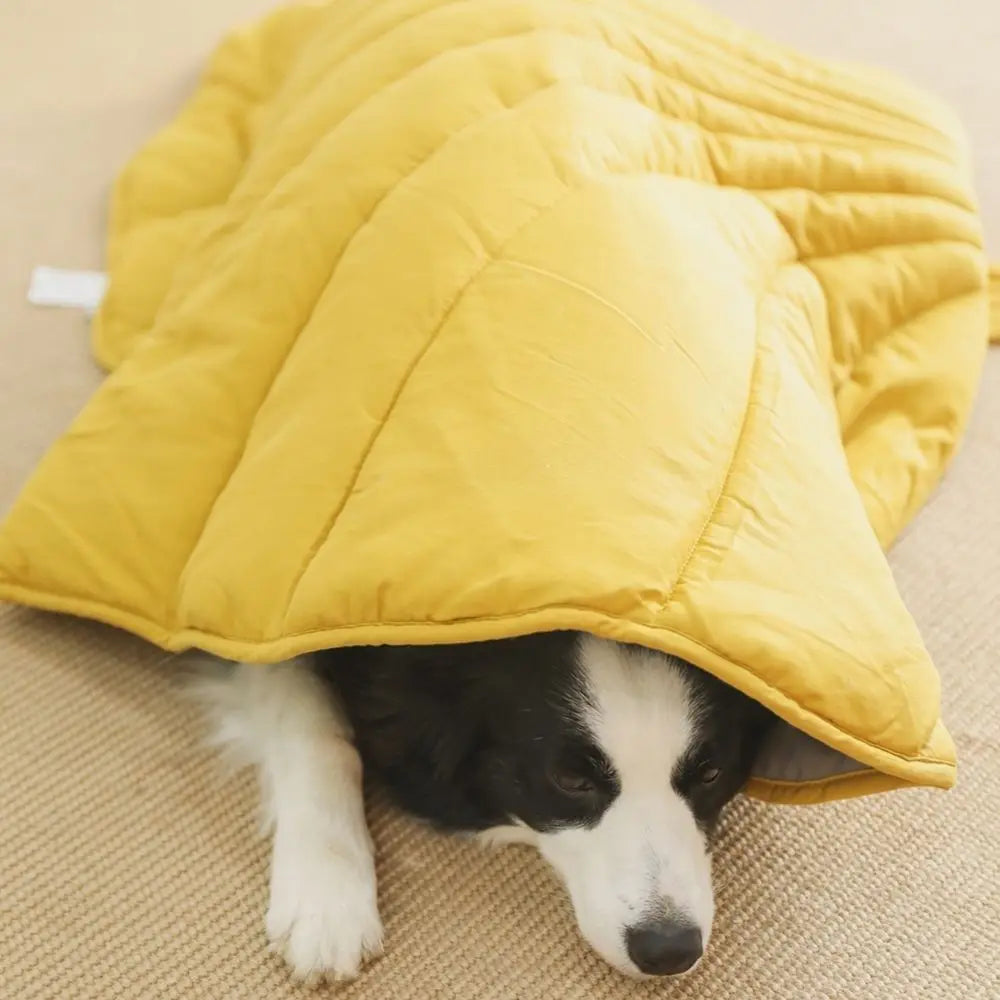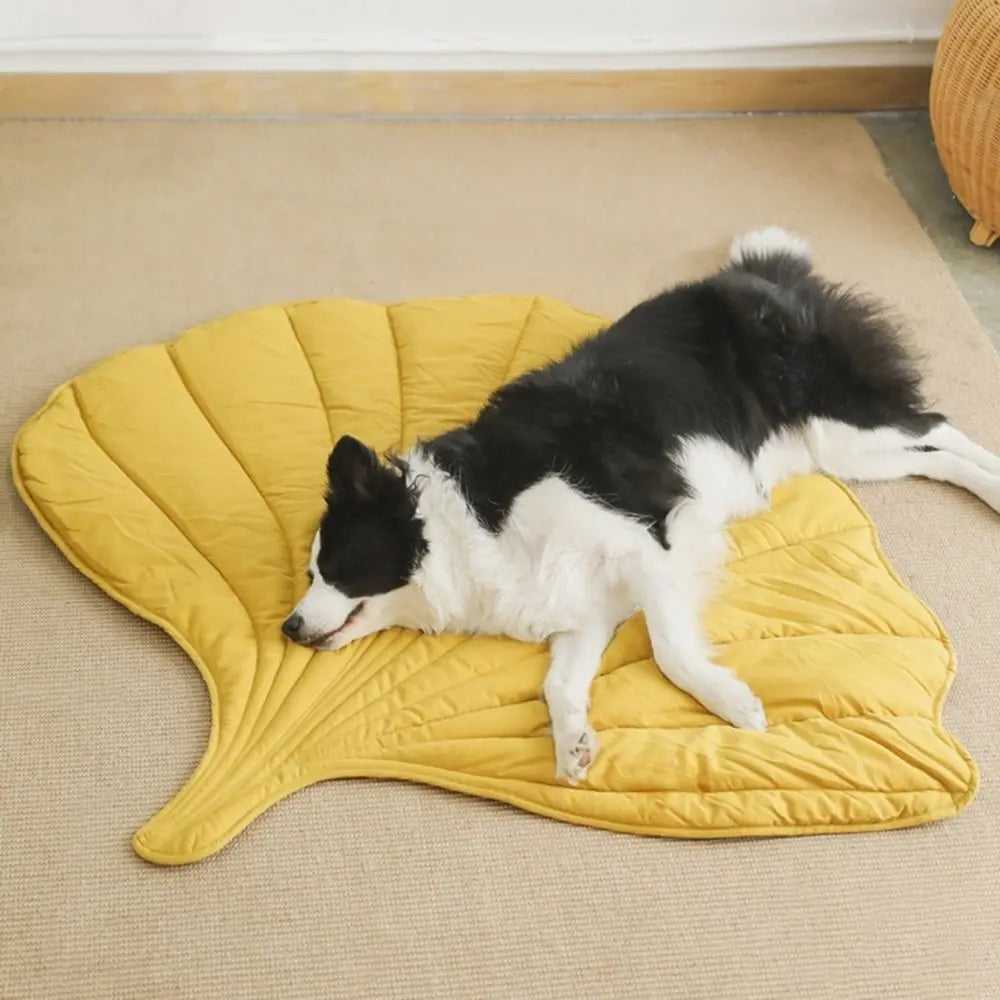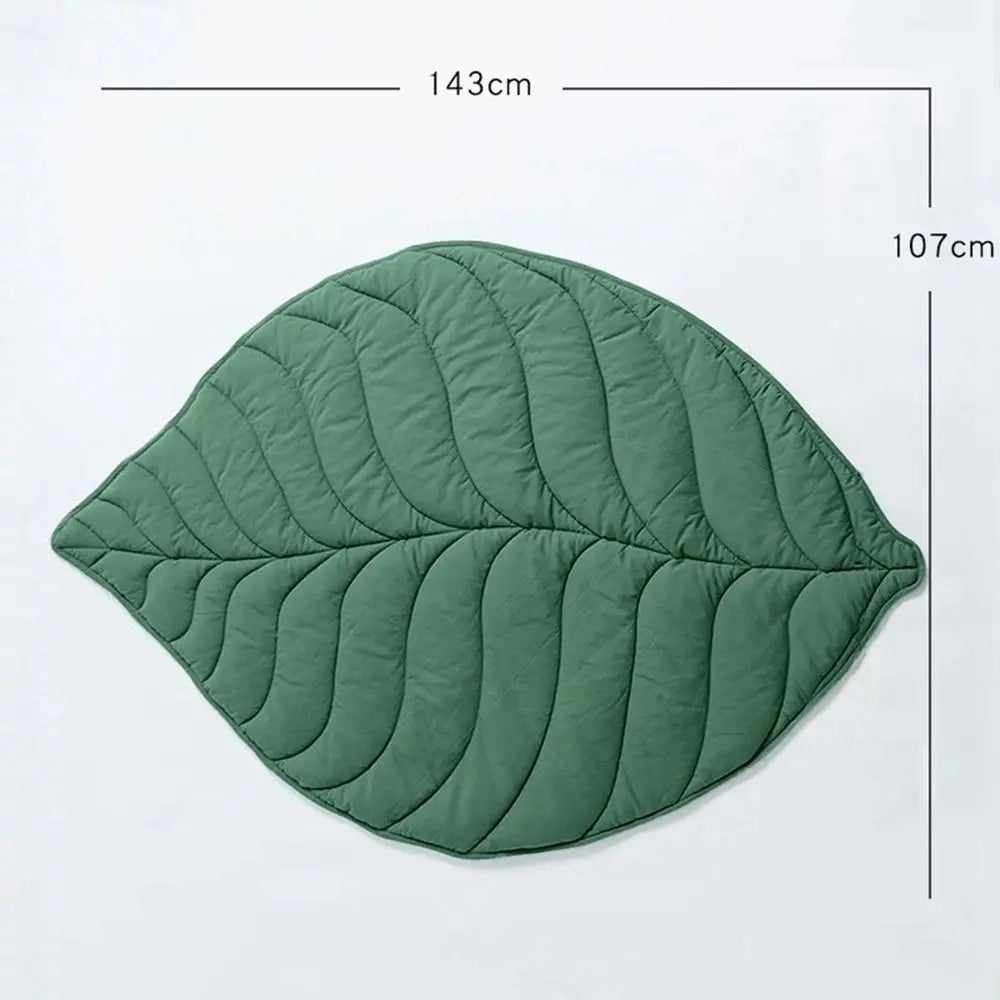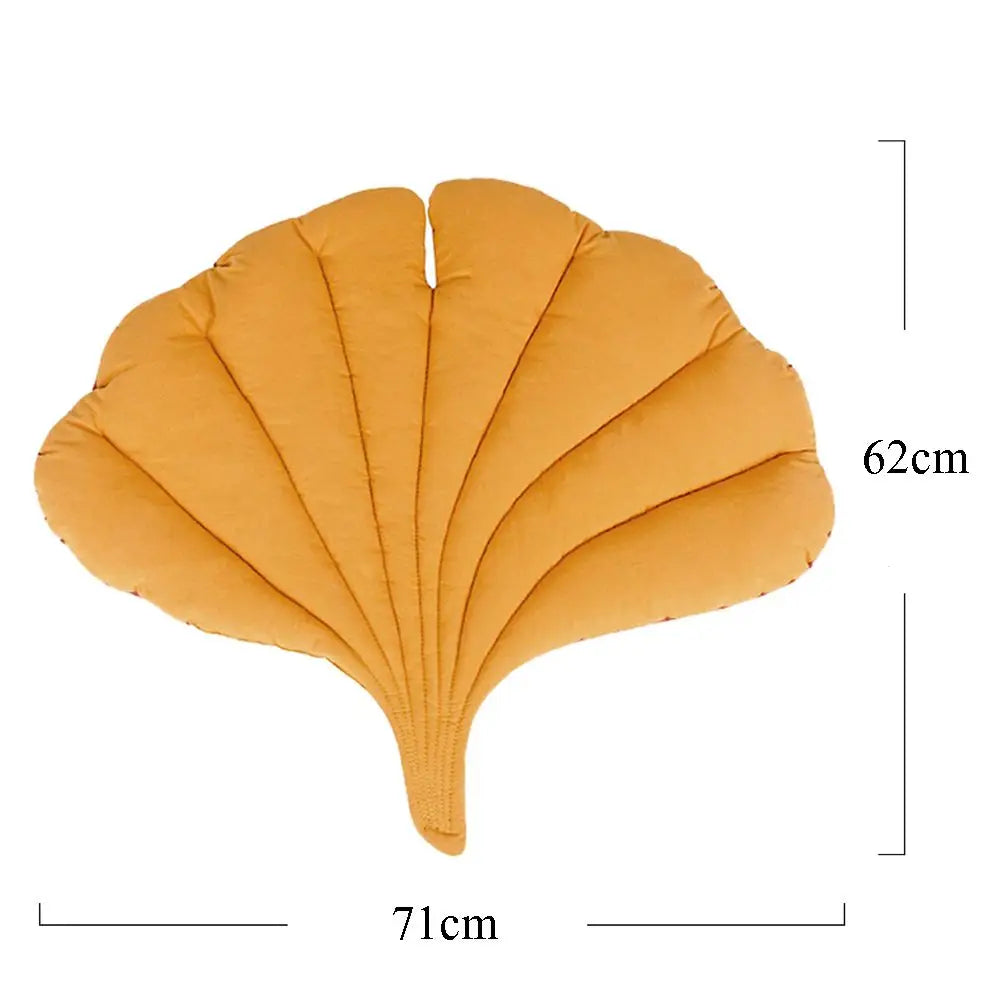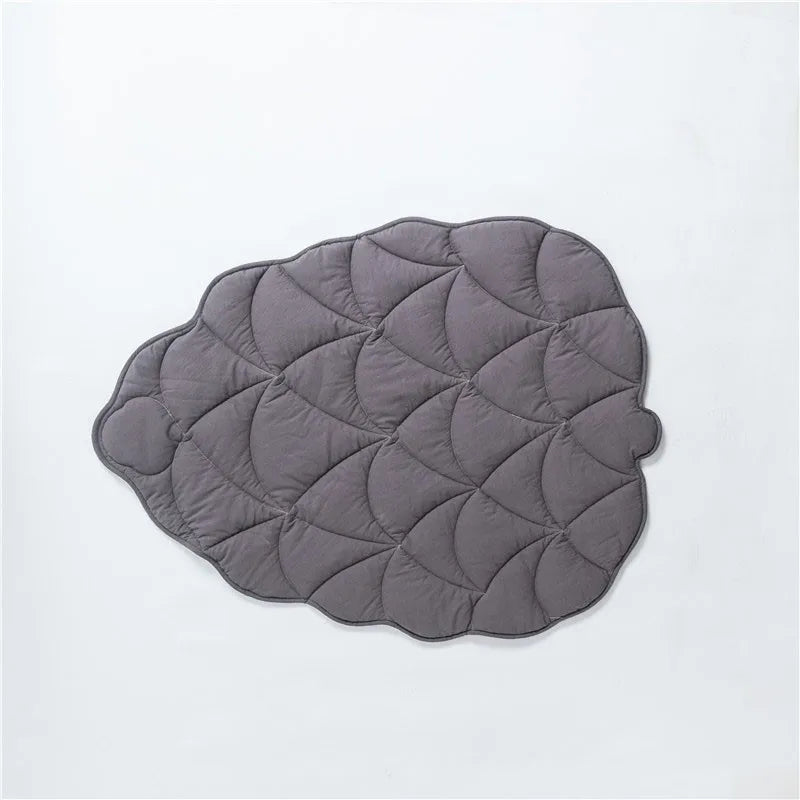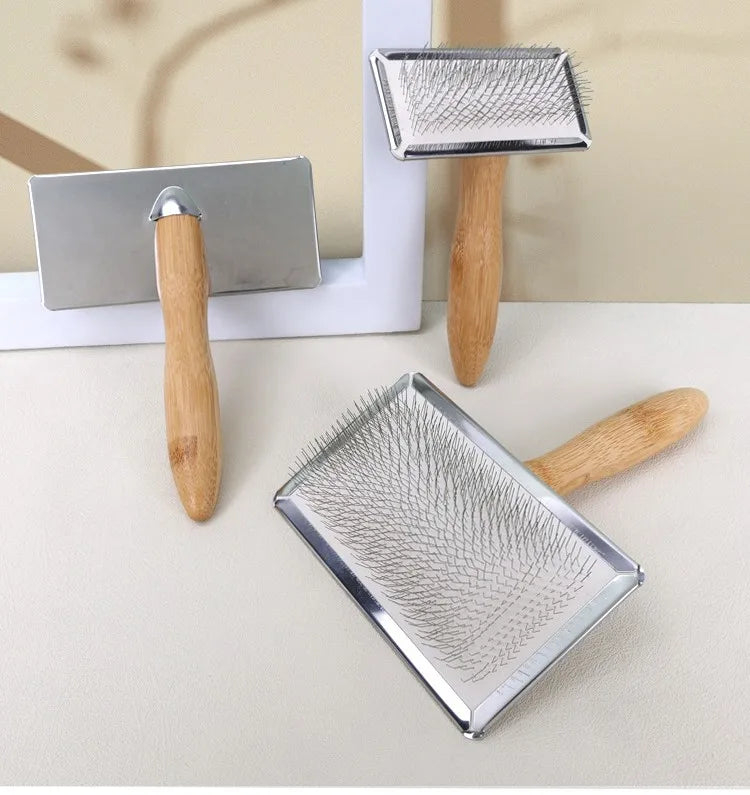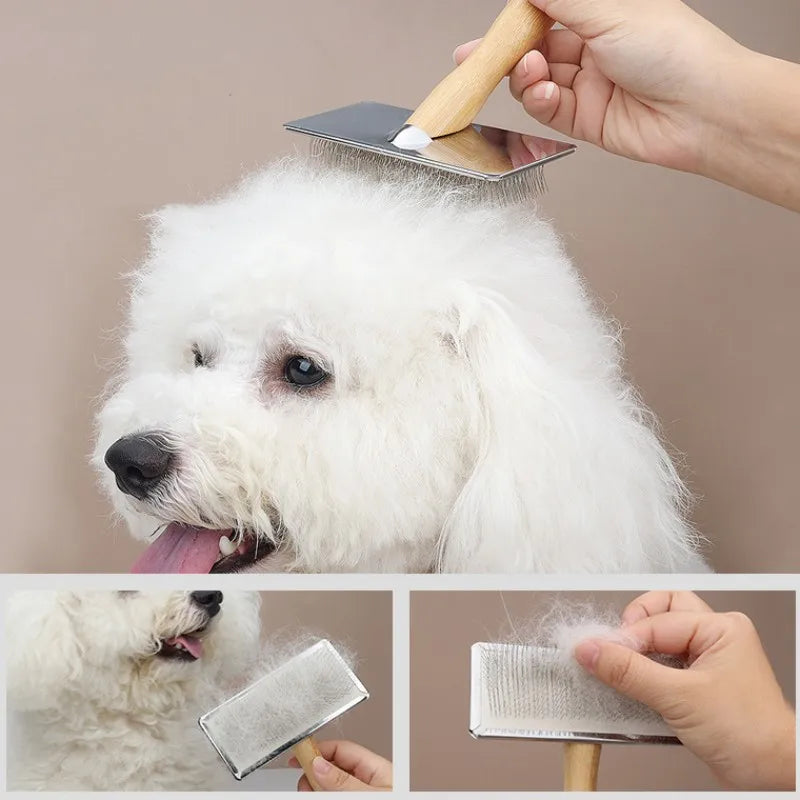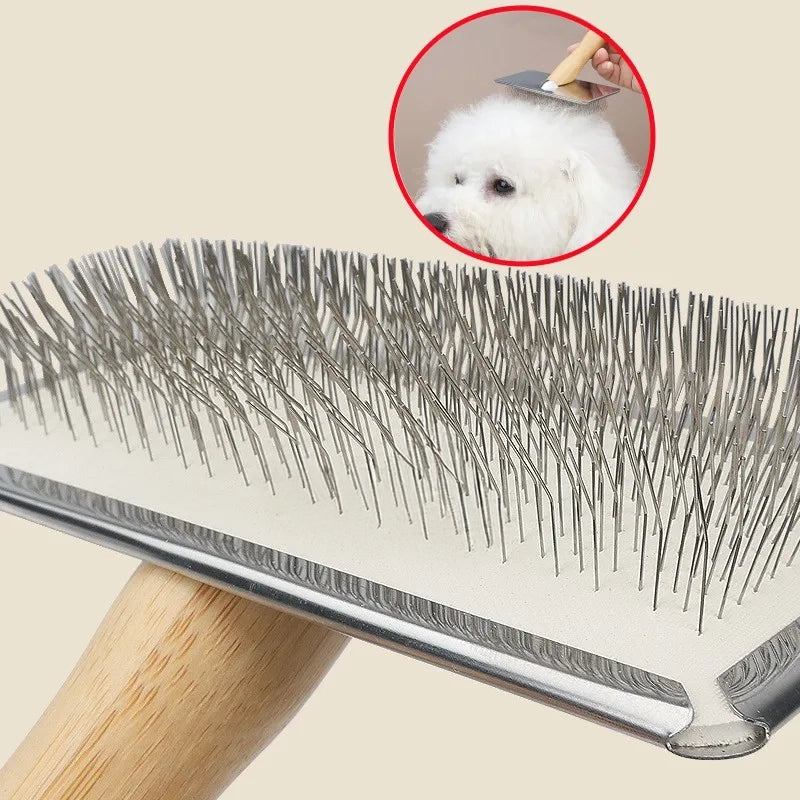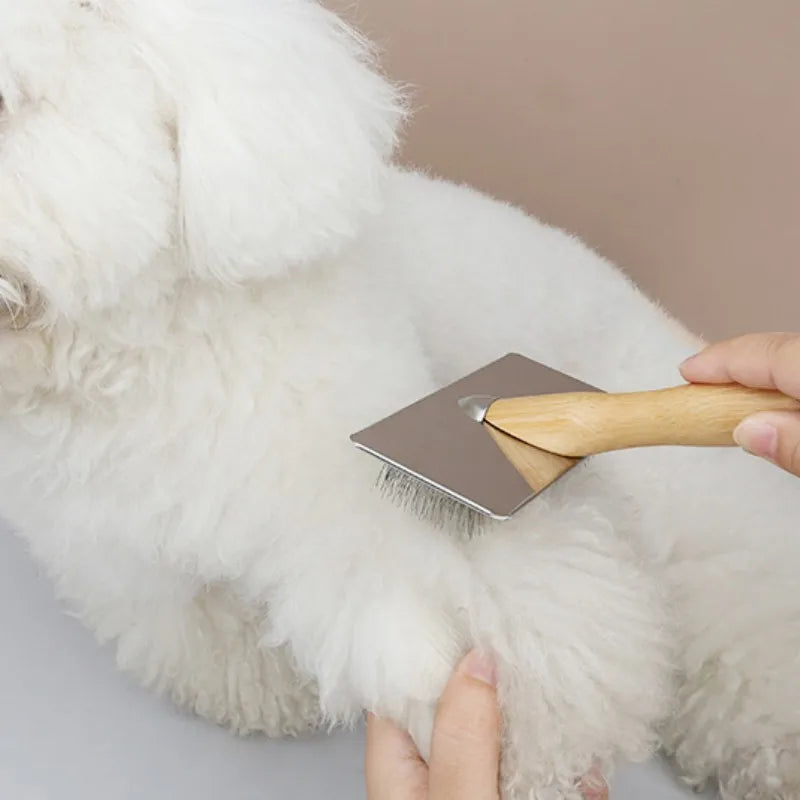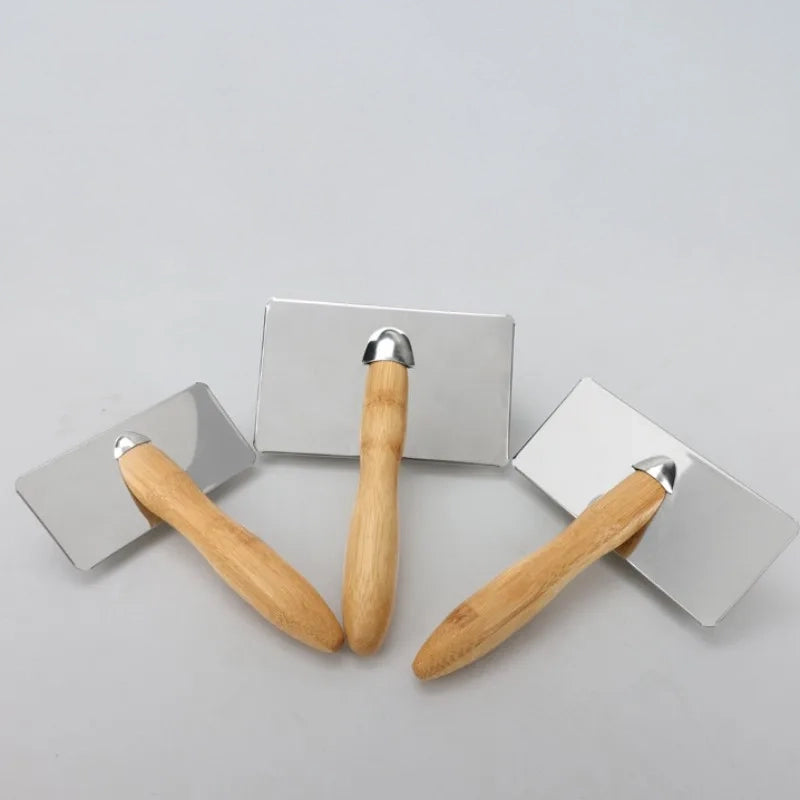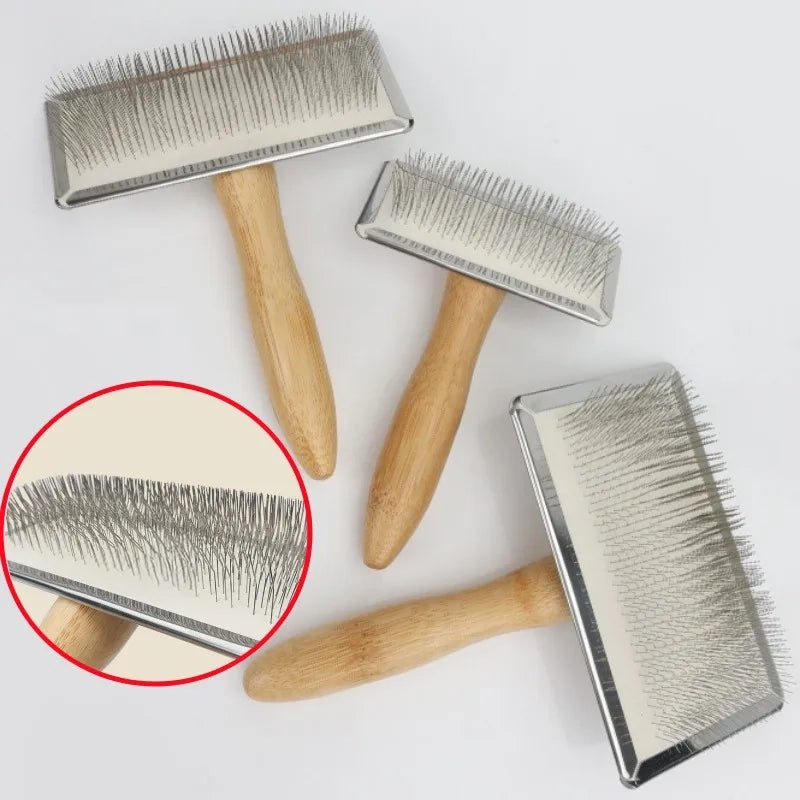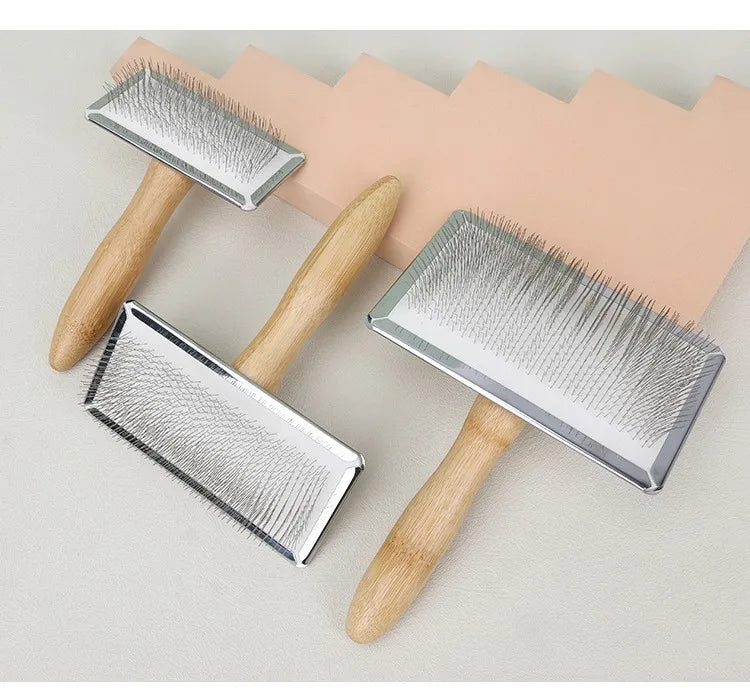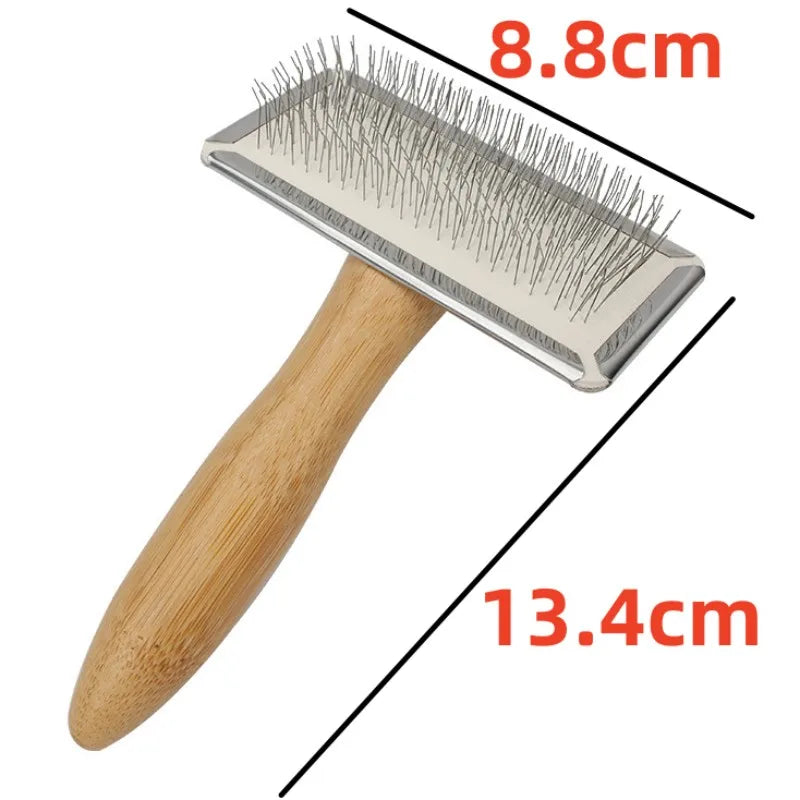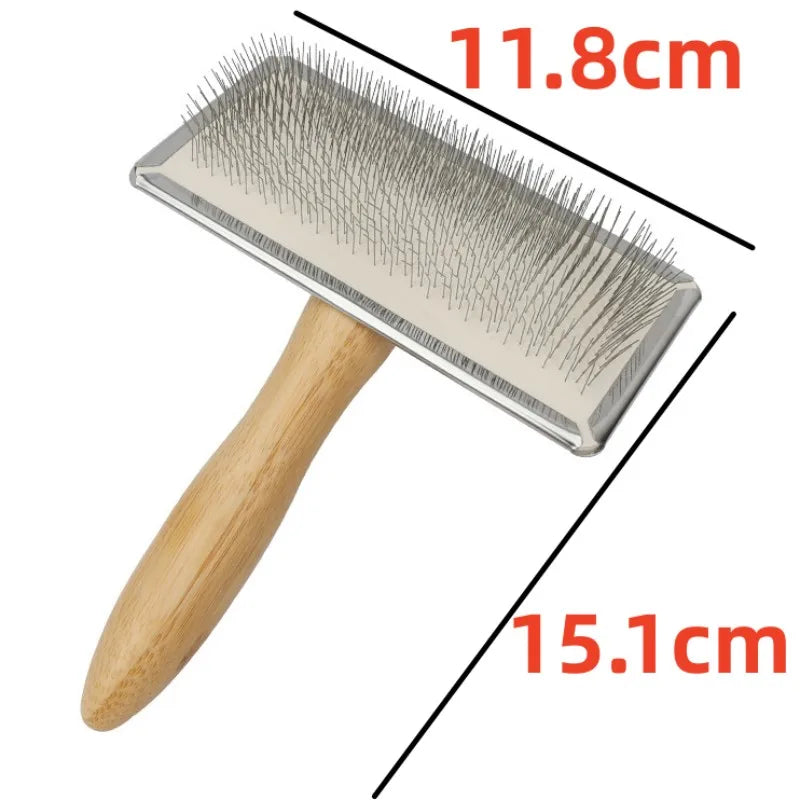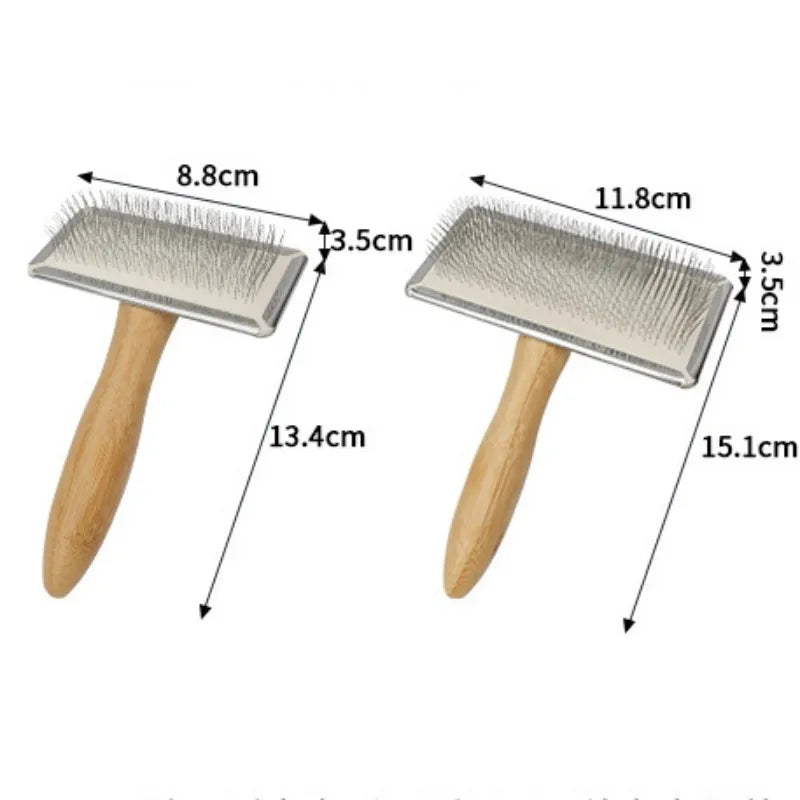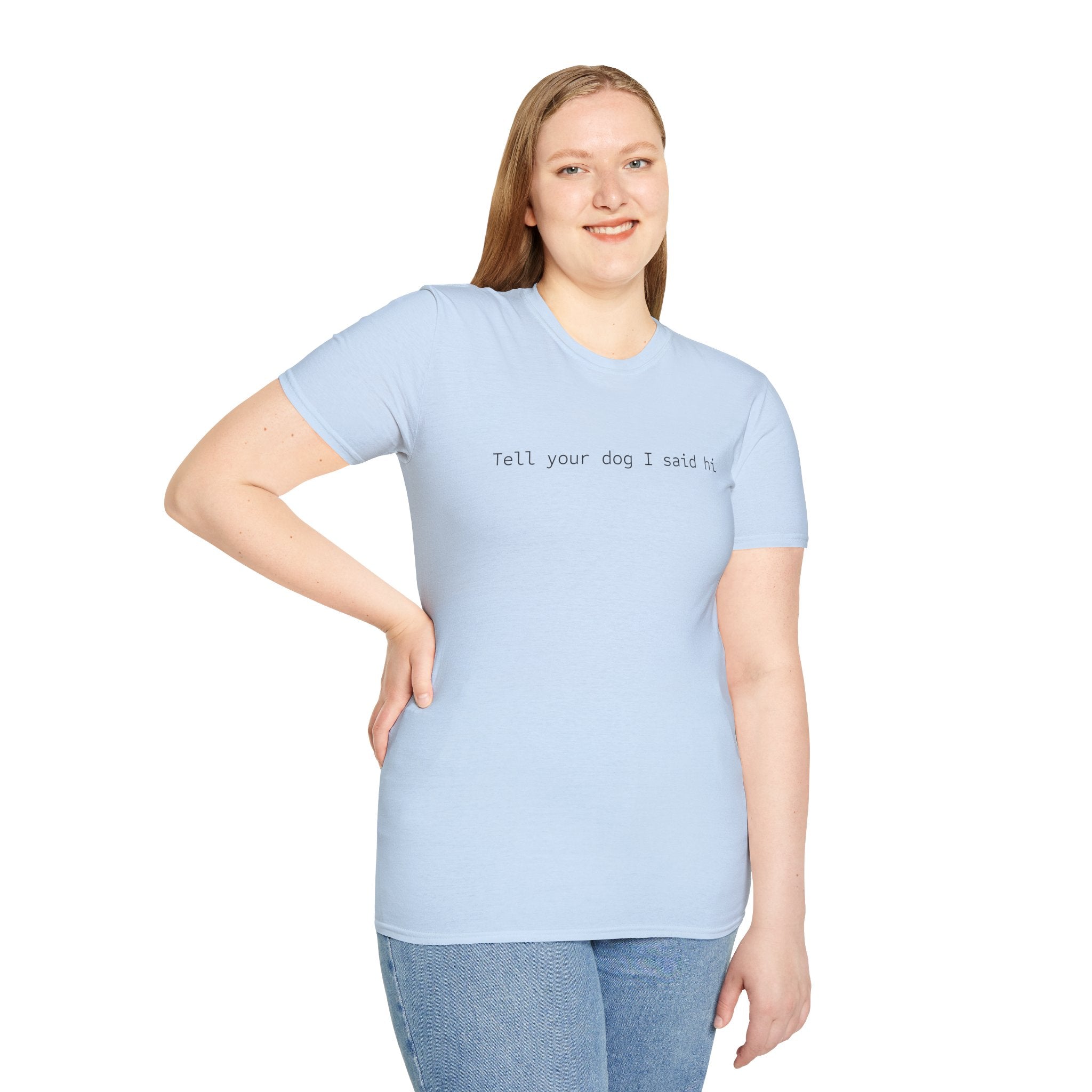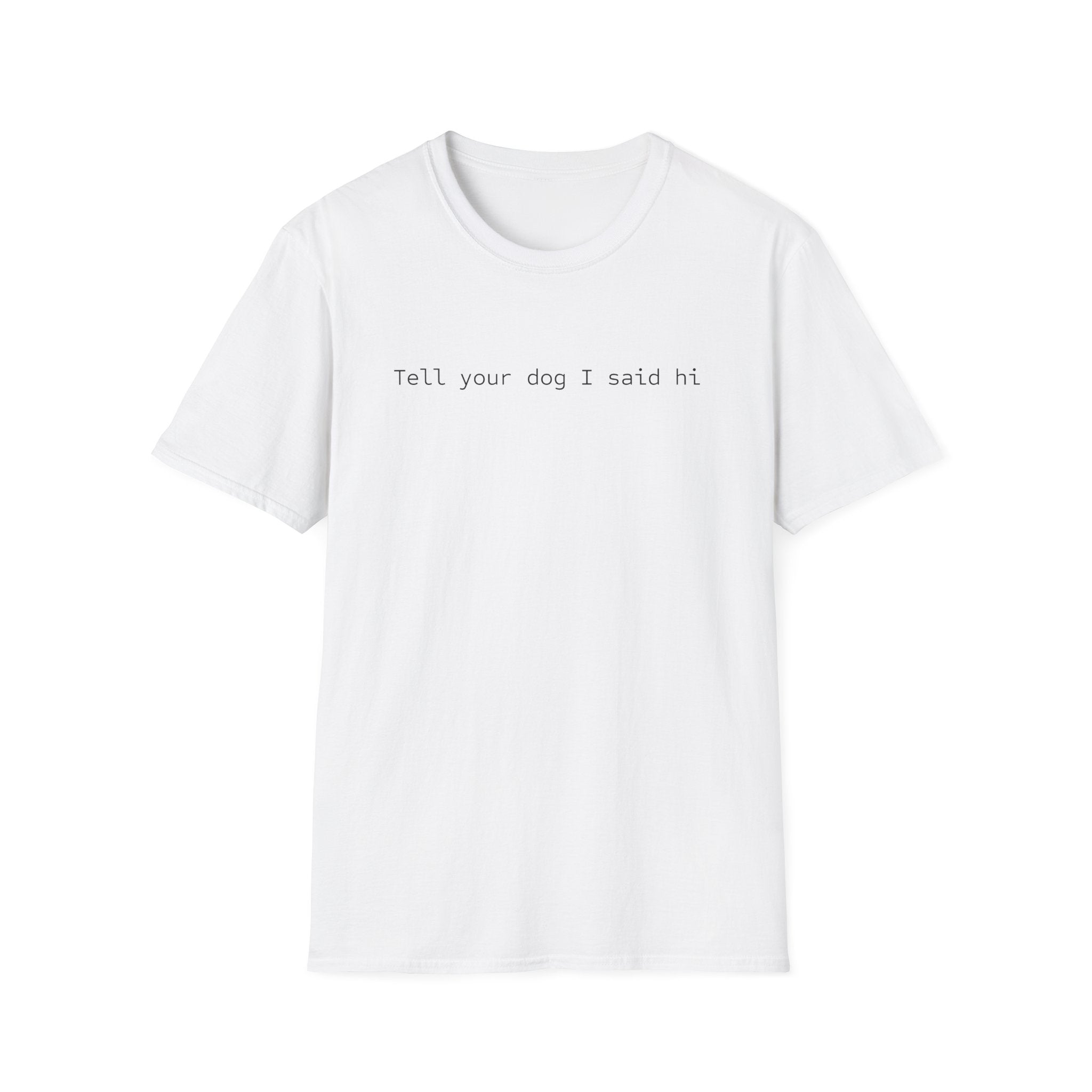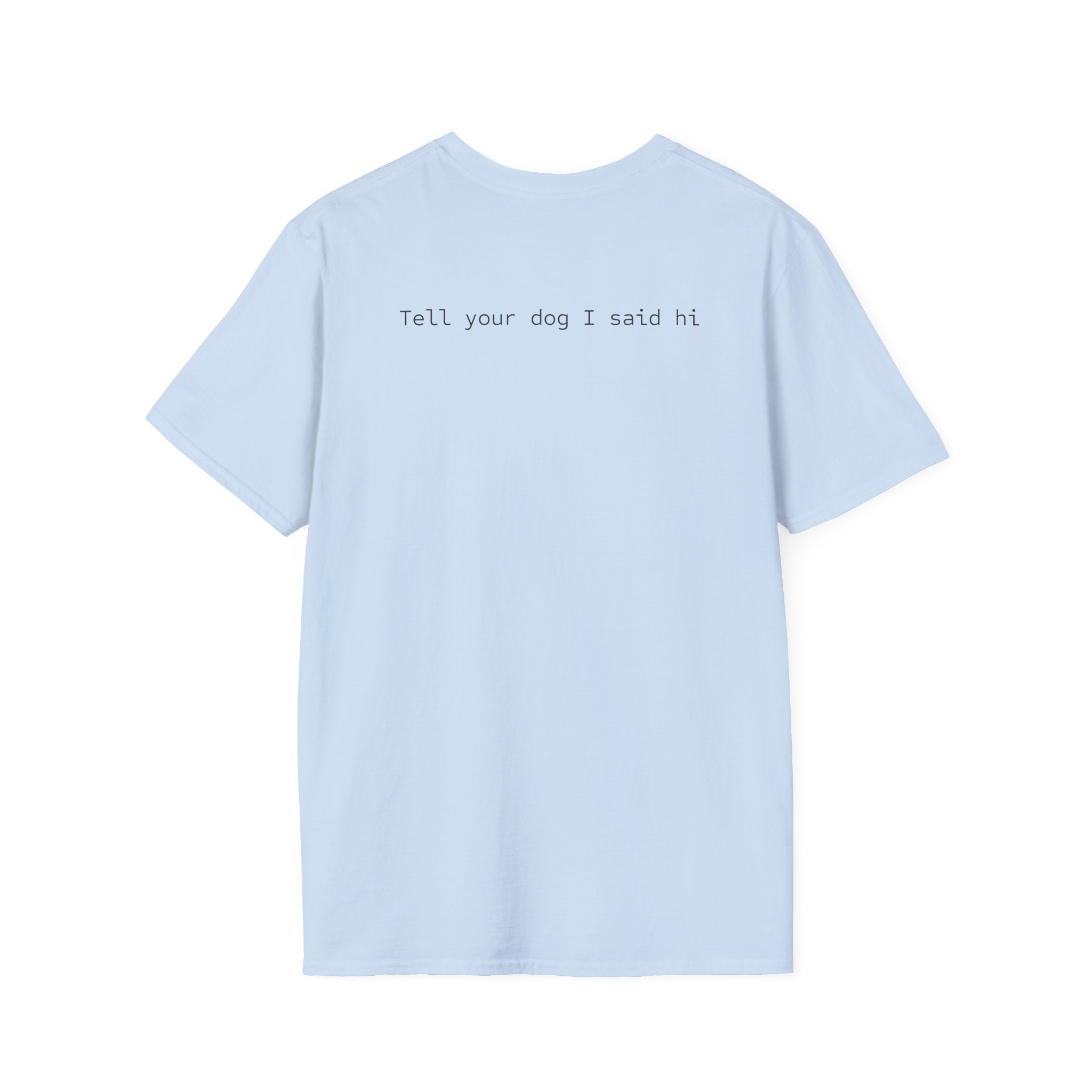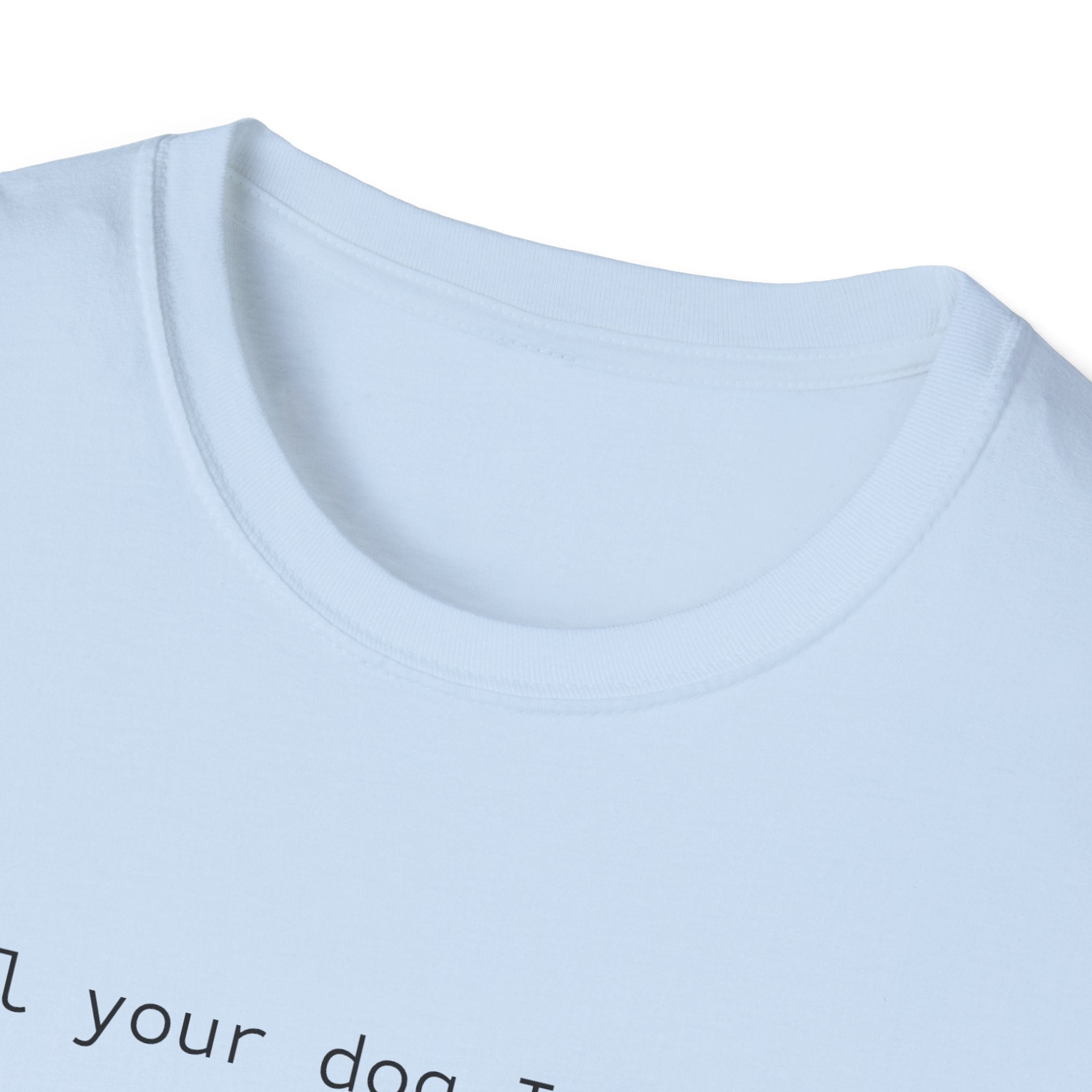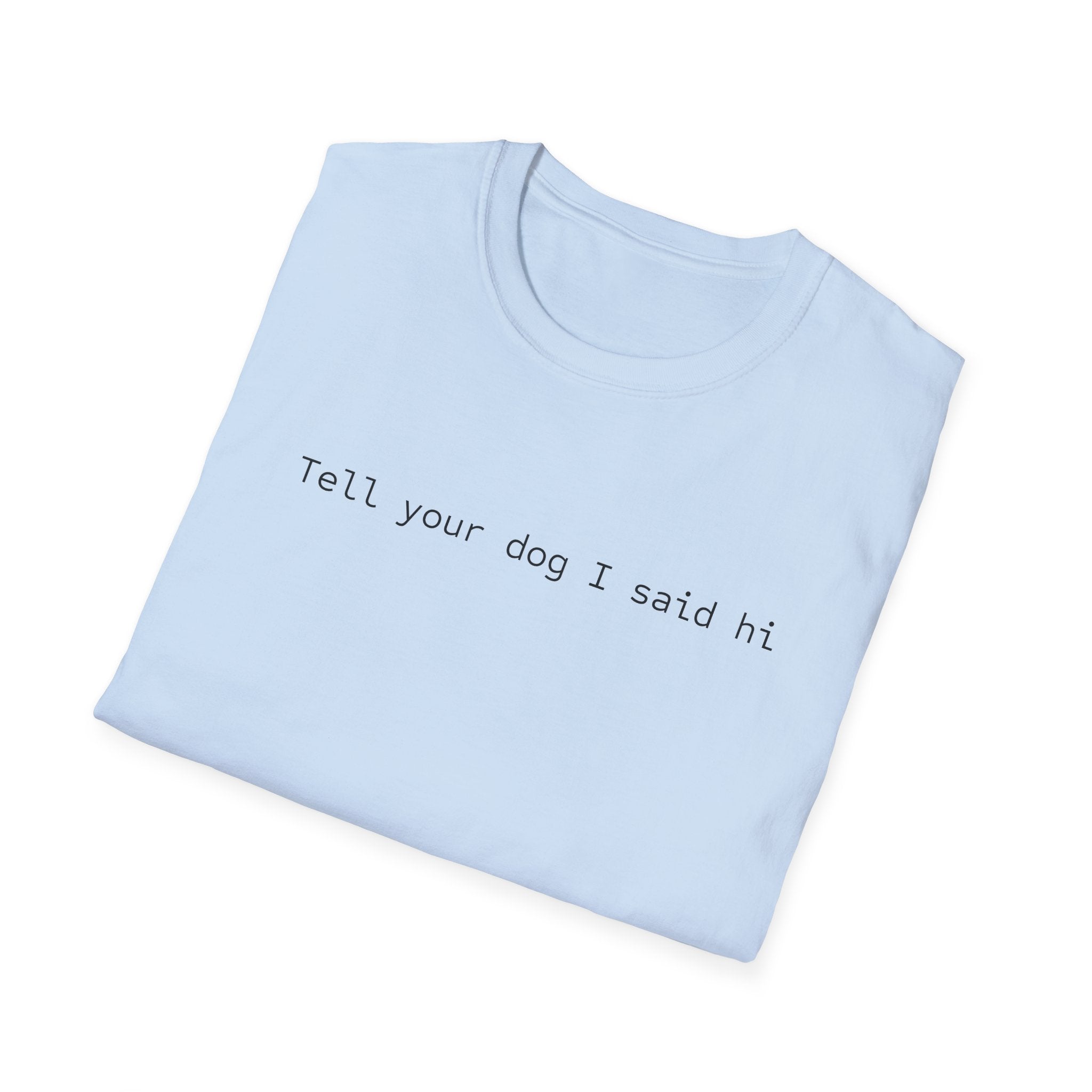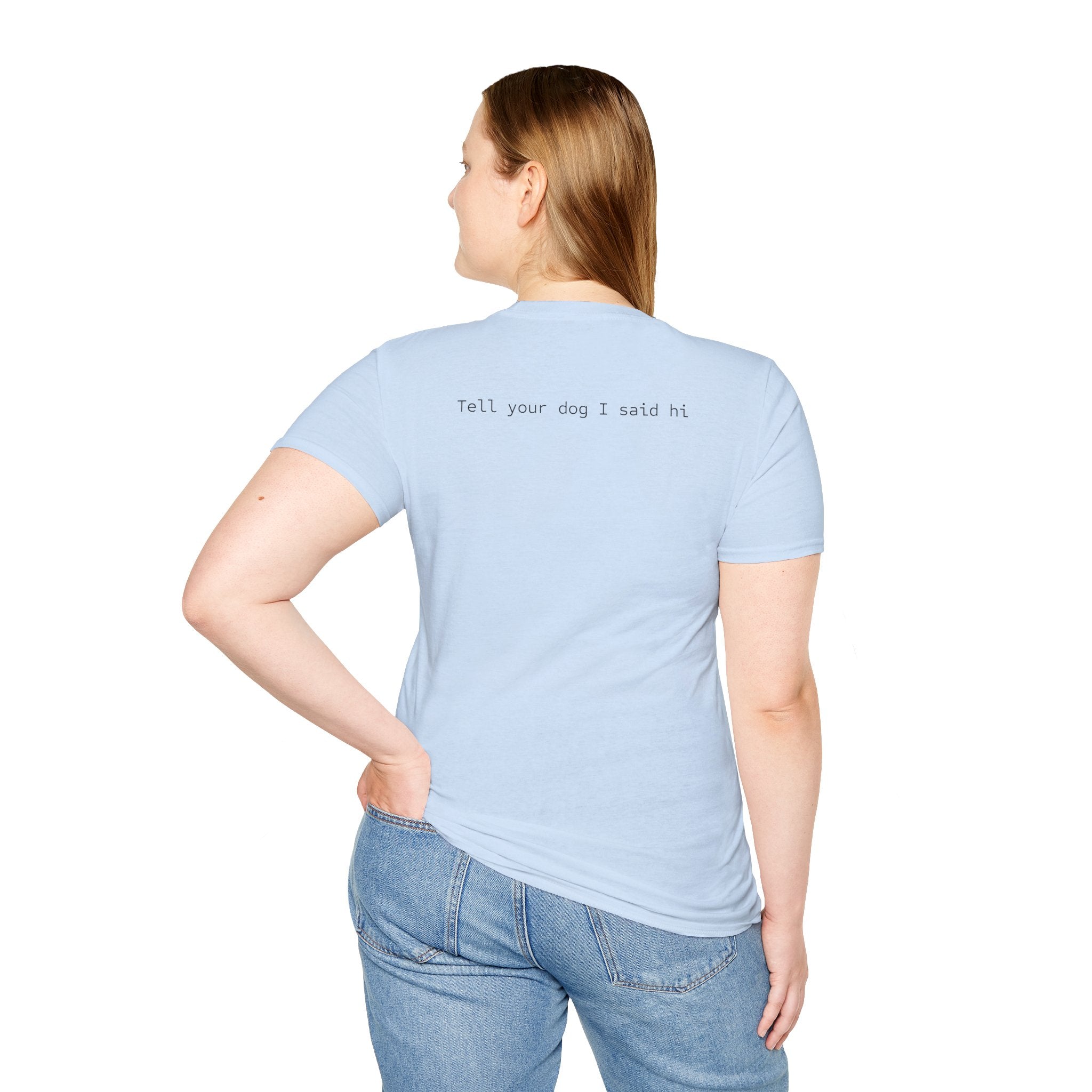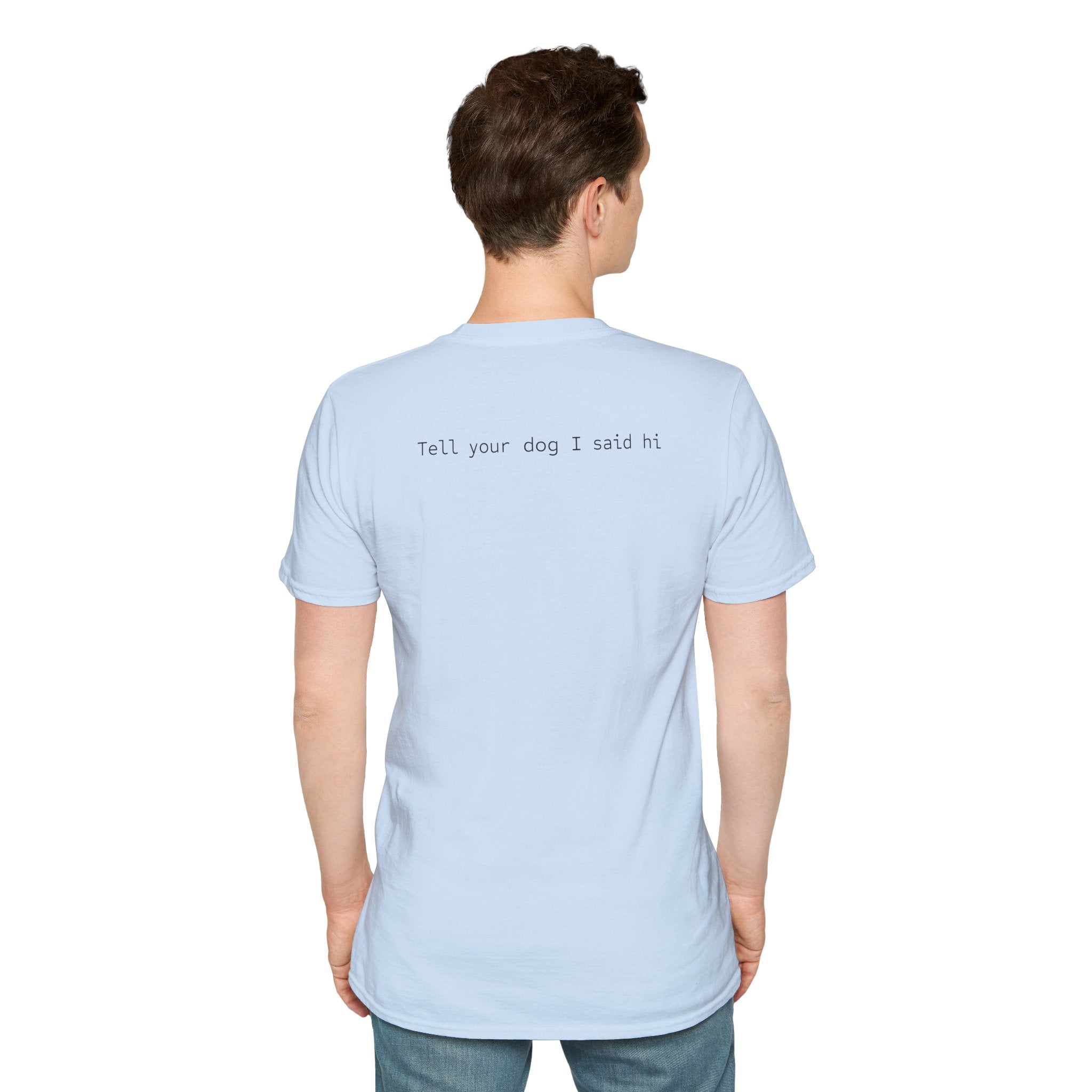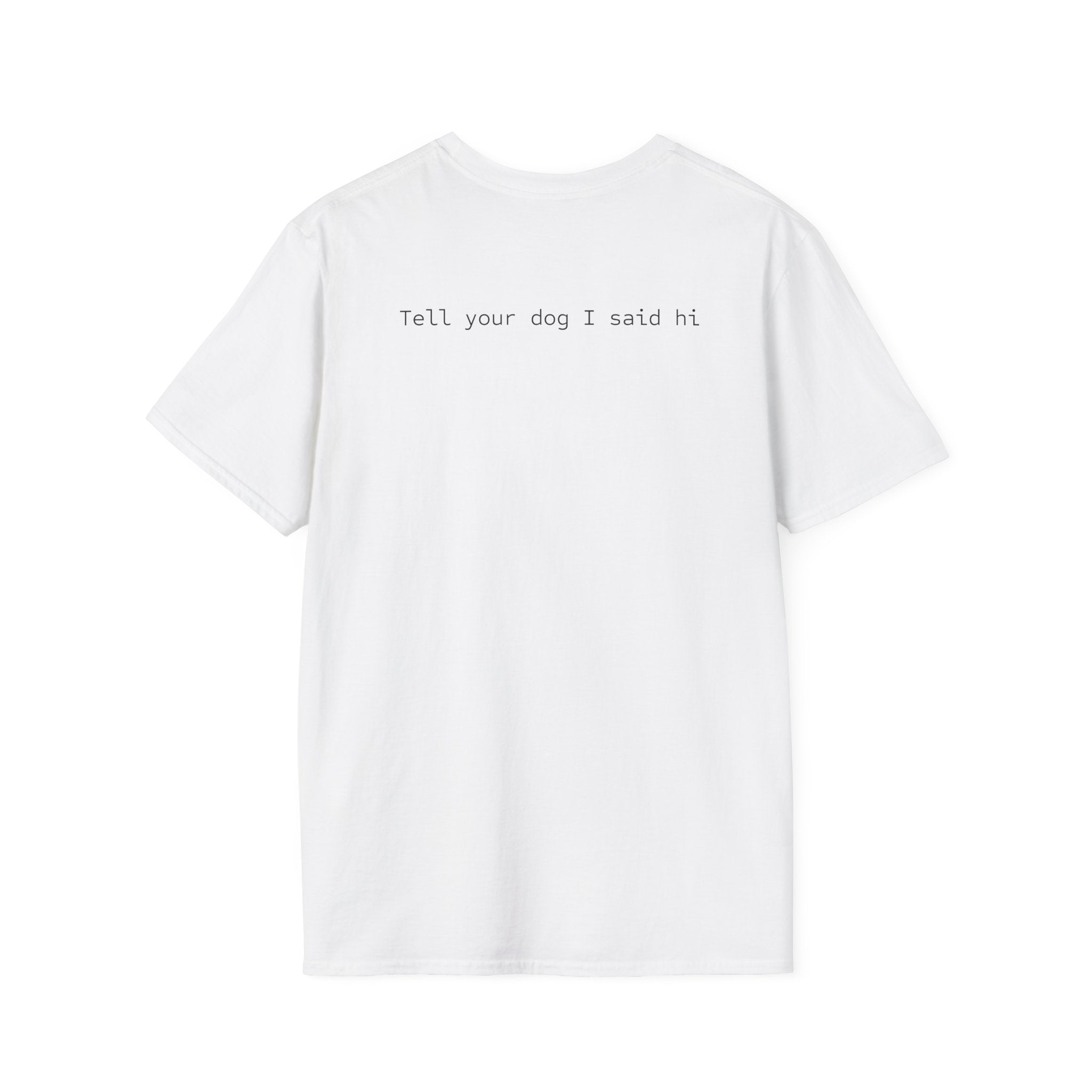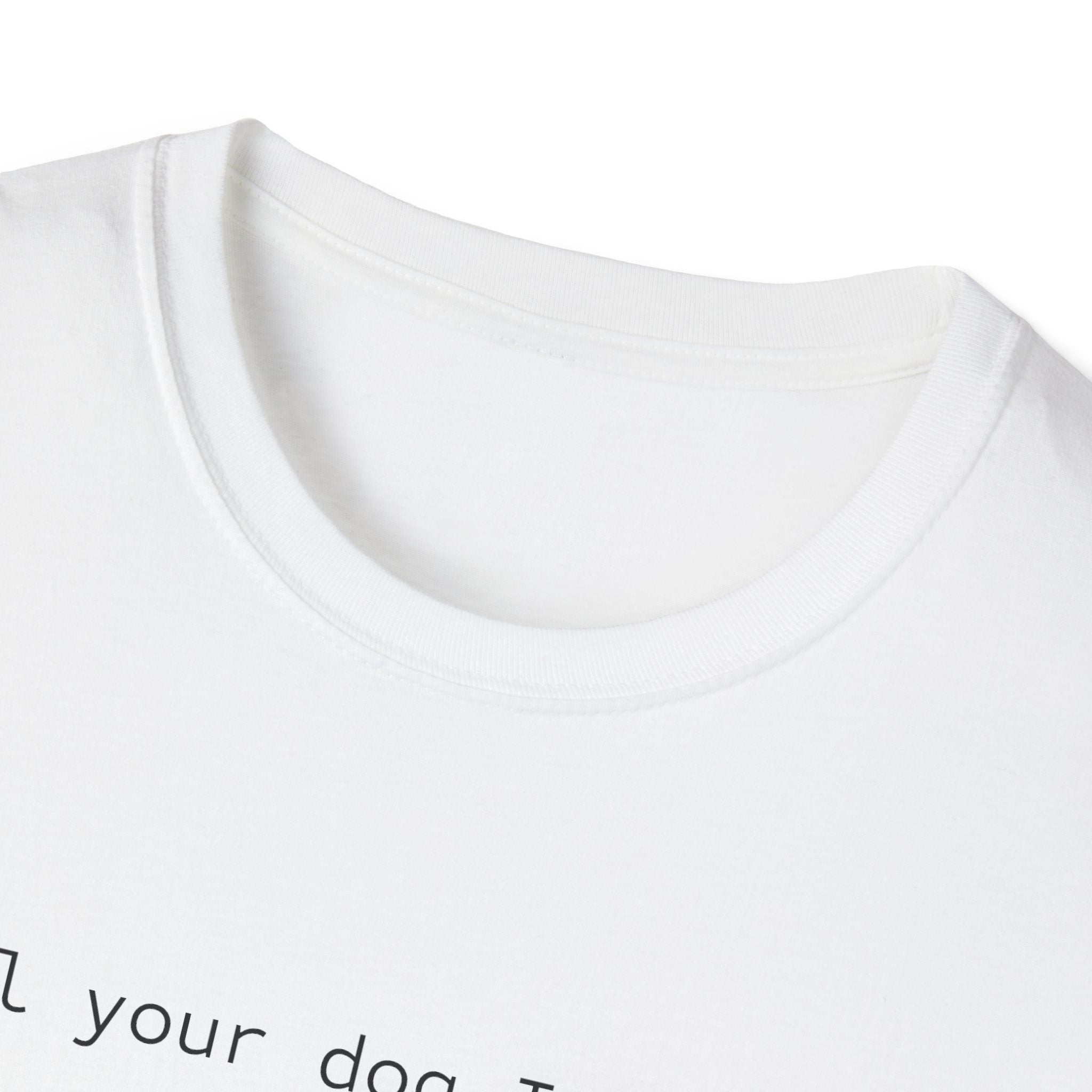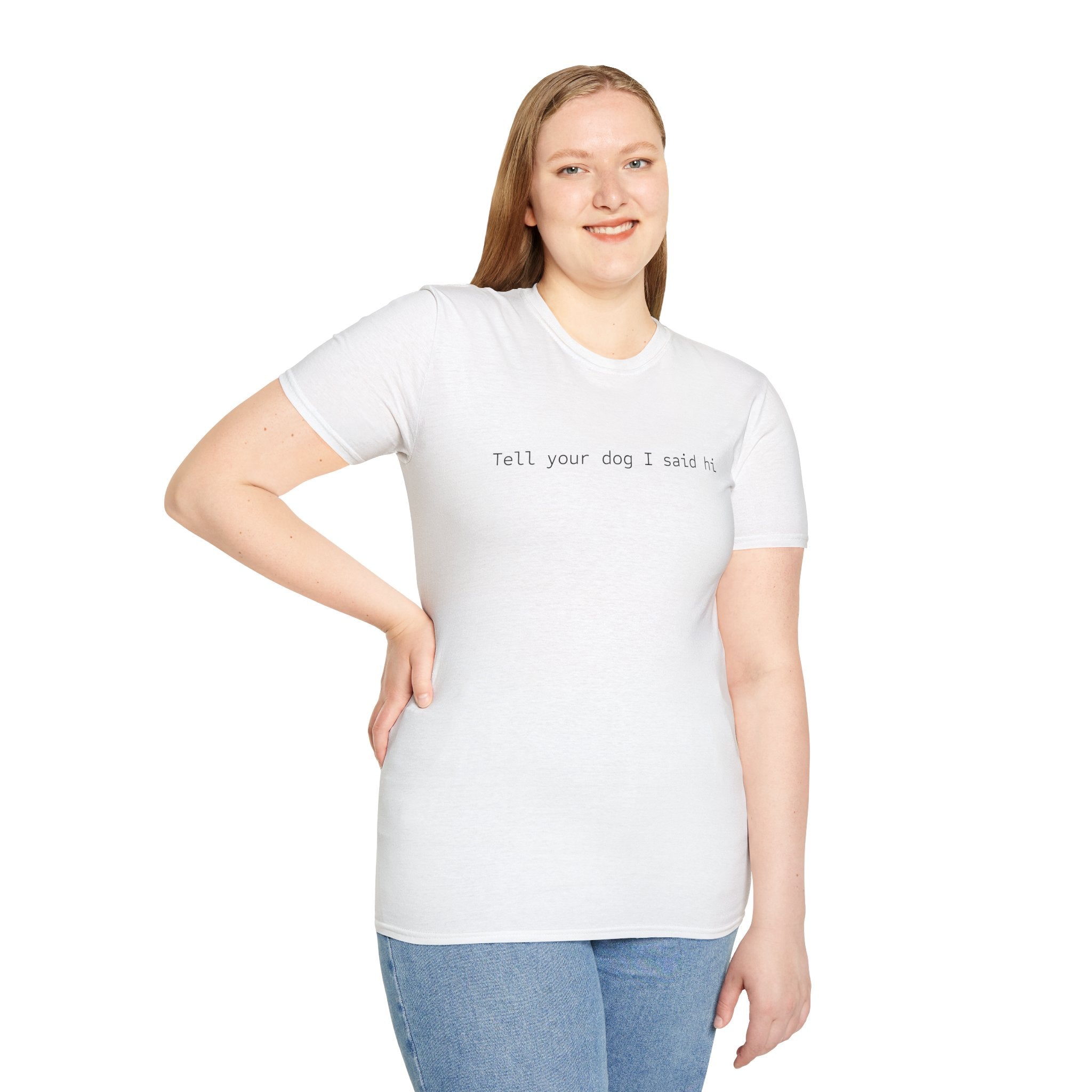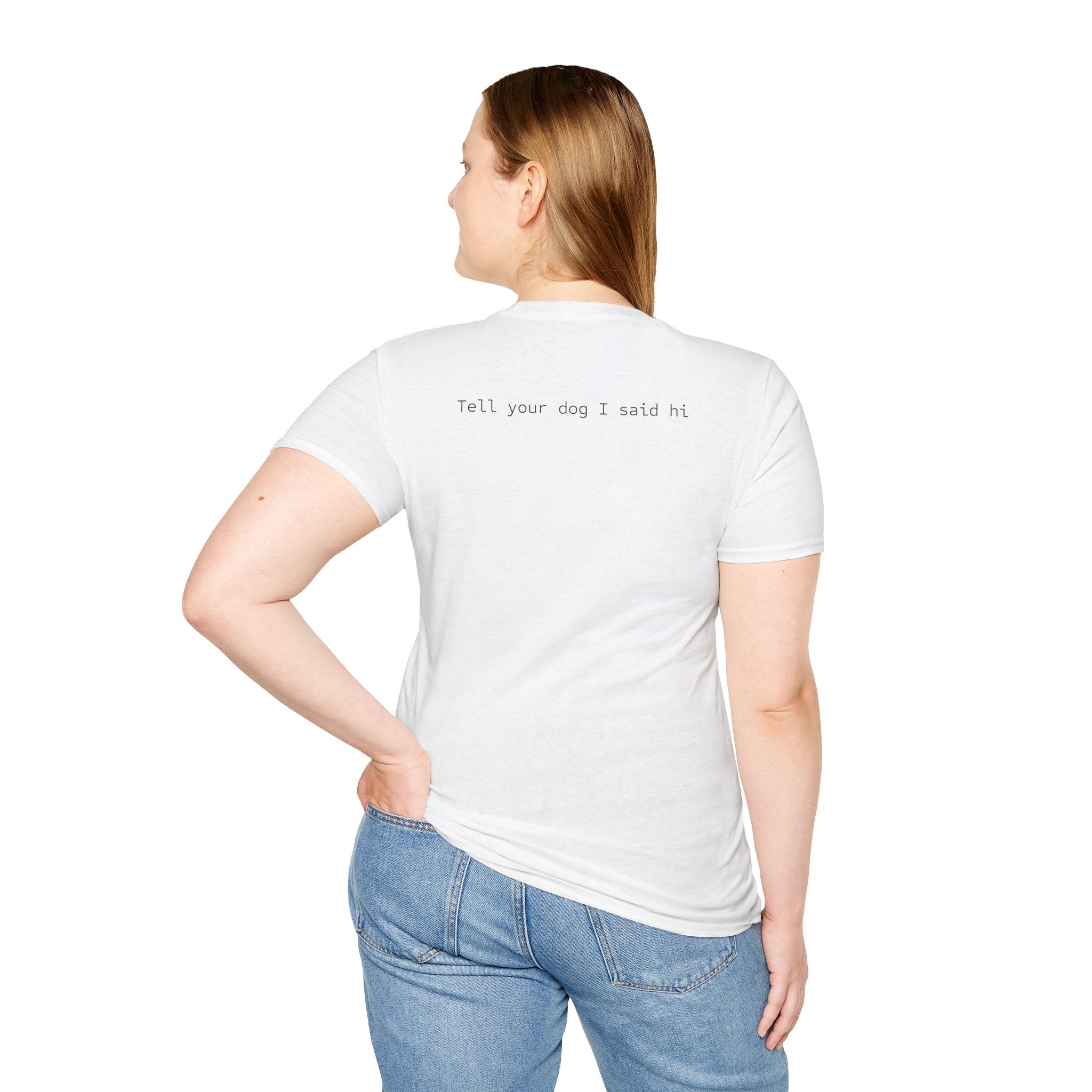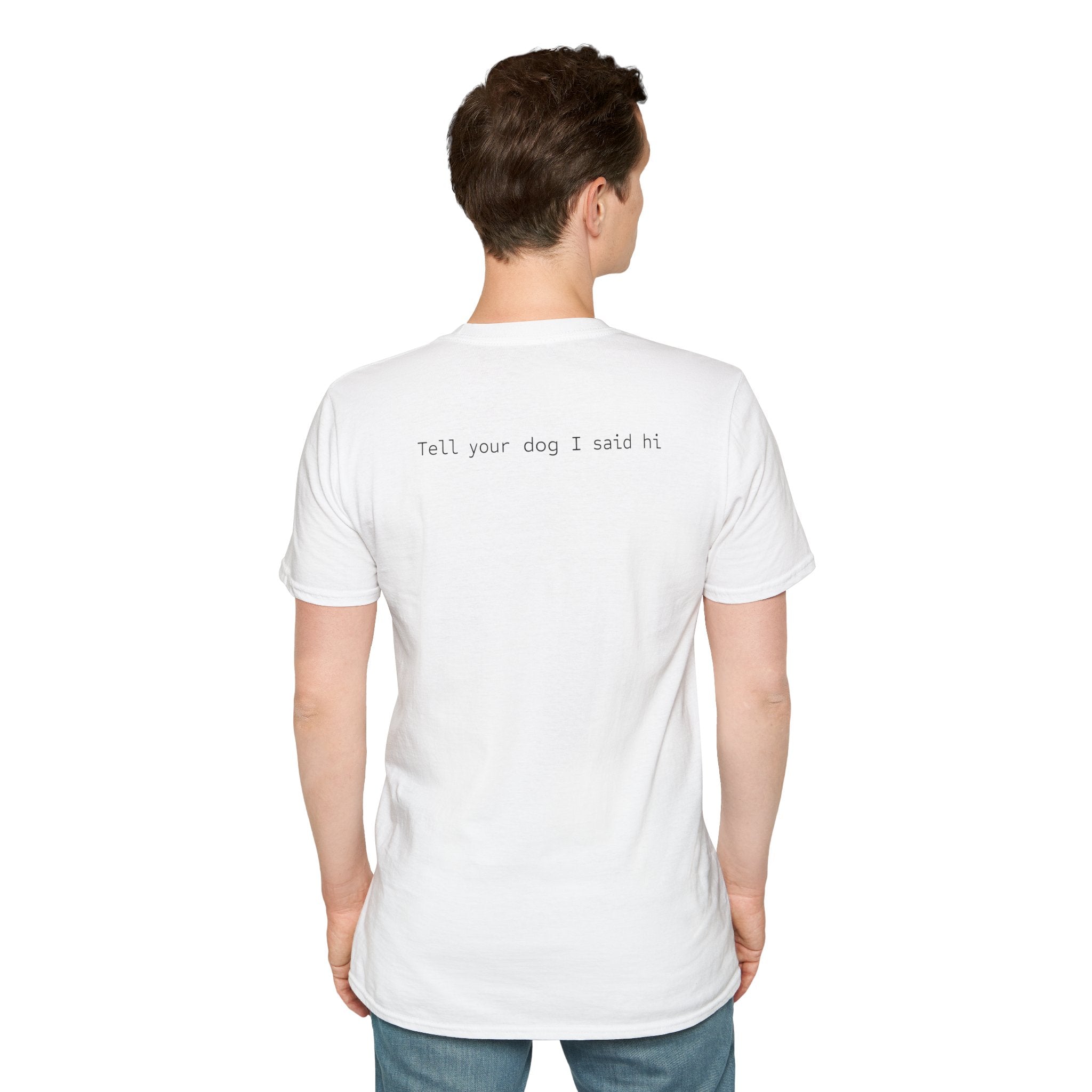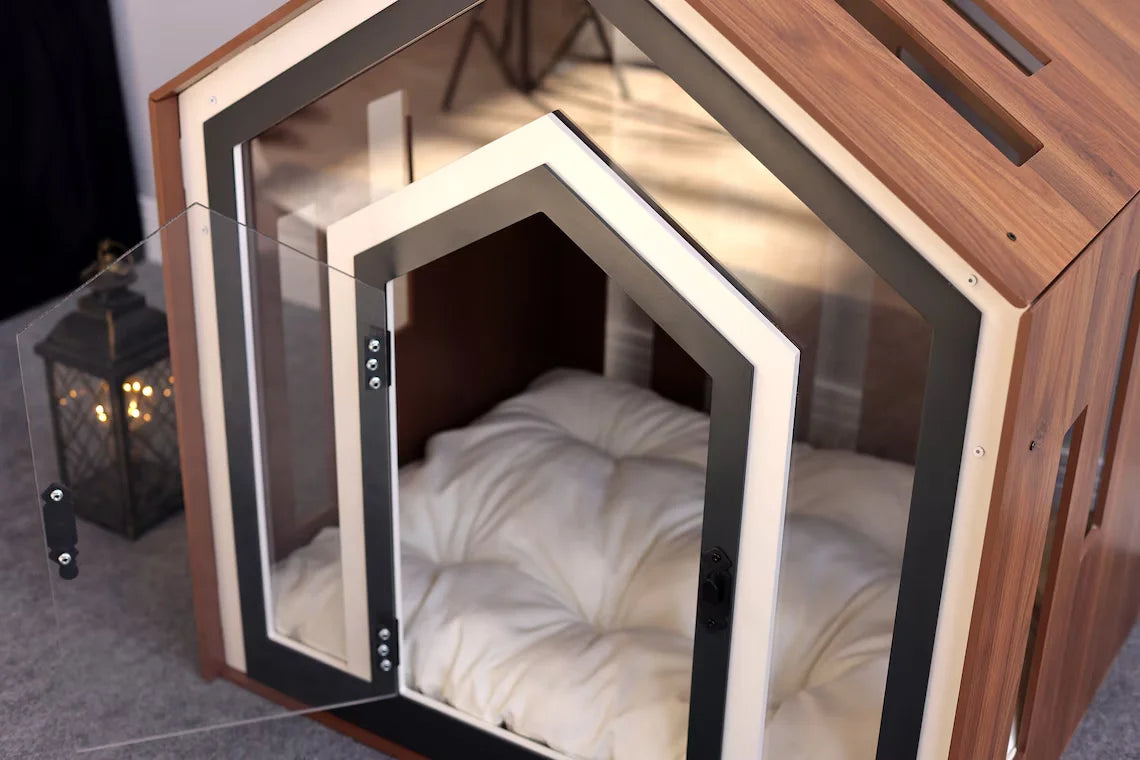Oh no! Does your dog suffer from fleas? Annoying! Fleas are small jumping parasites that crawl over the fur of your four-legged friend. They feed on your dog's blood and can cause a lot of itching. Some dogs can even develop an allergy after repeated flea attacks. We are happy to give you tips for hygiene and care of your dog if it has fleas!
Fleas are small, jumping parasites that crawl into your dog's coat. They feed on the blood of the four-legged friend and cause a lot of itching, causing your dog to scratch and bite itself. With repeated flea attacks, some dogs can even develop a flea allergy.

The life cycle of a flea
A flea has a life cycle that consists of five steps, the fifth step is also the first step back. Once your dog has fleas, you must treat them in a timely manner, otherwise your four-legged friend will enter the endless cycle of fleas.
- When a flea arrives, it will always take the blood meal from the four-legged friend
- The flea then lays masses of eggs, which do not remain on the dog's skin, but fall to the ground
- The larvae of a flea hatch from these eggs. They crawl away to dark places (indoors or outdoors)
- The larvae become pupae
- The pupae develop into adult fleas when heat and vibration occur. This way they can find a victim again, place themselves on the skin and take the blood meal again from the four-legged friend
A flea infestation is therefore not called a plague for nothing. Once your dog has a flea, the cycle will multiply quickly and before you know it there will be hundreds or thousands of fleas. A flea infestation usually occurs when you have just returned from holiday or have recently moved into a home that has been empty for a while. Flea pupae may be present in empty homes; these will only develop when exposed to heat and vibration.

Fleas don't have to come alone
If you think that the flea invasion comes alone, in many cases you are unfortunately wrong. A flea can carry other parasites. For example, a flea can be the carrier of a tapeworm. For example, it is strongly recommended to deworm your dog thoroughly if there are any signs of a flea invasion.
In addition, fleas can also bite people, especially on the legs. You can recognize the bites of a flea by small, red and itchy spots. But fear not, a flea does not like to stay on humans. They soon drop and start looking for another victim.

How to recognize fleas on your dog?
You will quickly recognize the symptoms of fleas on your four-legged friend. Because your dog starts to scratch or bite intensely because of the itching. If you go through your dog's hair, you will see the fleas with the naked eye, or small black spots, these are the feces of the flea that stick to the skin or in the coat of your dog. You can quickly and easily determine this by running a flea comb through the coat.
Some dogs even develop flea allergies, which can be recognized by bald, red spots where dried blood from scratching and/or biting remains. Fleas love difficult and especially warm places, such as your dog's back or on the inside of the thighs.

How does my dog get fleas and how to combat them?
Unfortunately, a dog can easily get fleas. This can be done anywhere where there are people or other dogs. Sniffing other dogs, the dog park, a place frequented by cats, an old carpet, etc. Your dog can become infected anywhere and anytime and it is usually difficult to find the source of infection.
It is best to combat fleas and other parasites all year round. Fleas love warmer weather. Given that the weather is getting warmer for longer, we also recommend taking precautions all year round.
- Pipettes in your dog's neck: These are most commonly used against fleas and other parasites. Inquire carefully about the effectiveness of the product and contact your veterinarian. They are available from the pharmacy or vet,
- Anti-flea collars: There are various brands of collars for dogs with a substance that is absorbed into the skin, such as the Seresto collars. With these collars your dog is protected against fleas and other parasites for up to 7 months.
- Oral treatment: In addition to collars and pipettes, there are also pills that administer the substance orally. With these pills you are insured against fleas and other parasites for up to 3 months,
- Spray: Nowadays there are also sprays against pests. Discuss this with your vet first, as a daily amount for your four-legged friend needs to be discussed.

Say goodbye to all fleas
If you notice fleas on your dog's coat, the only option is to intervene quickly. This way you prevent a real invasion of fleas. After all, they multiply extremely quickly and can infect other (domestic) animals. Protect your dog with the necessary resources and contact your vet for the dosage, which may be slightly higher than for general parasite control.
In addition, it is highly recommended to take the following steps:
- Wash all baskets, blankets, fabric toys of your dog(s) in the washing machine at a minimum of 60 degrees,
- Use the vacuum cleaner sufficiently in all corners, cracks and holes, this is where flea pupae really like to stay,
- In addition to the infected dog, protect and treat other pets in the house,
- In addition to flea protection and treatments, deworm the same pets at the same time,
- If necessary, use insecticides to treat your environment (not your pet).
If you have any questions about dosage or the best product to use, contact your veterinarian.
Submit your question
Do you have a question about your four-legged friend, your dog's behavior or a question regarding dog hygiene and care? Submit your question the online form and perhaps we will answer them!

[ Source ]


